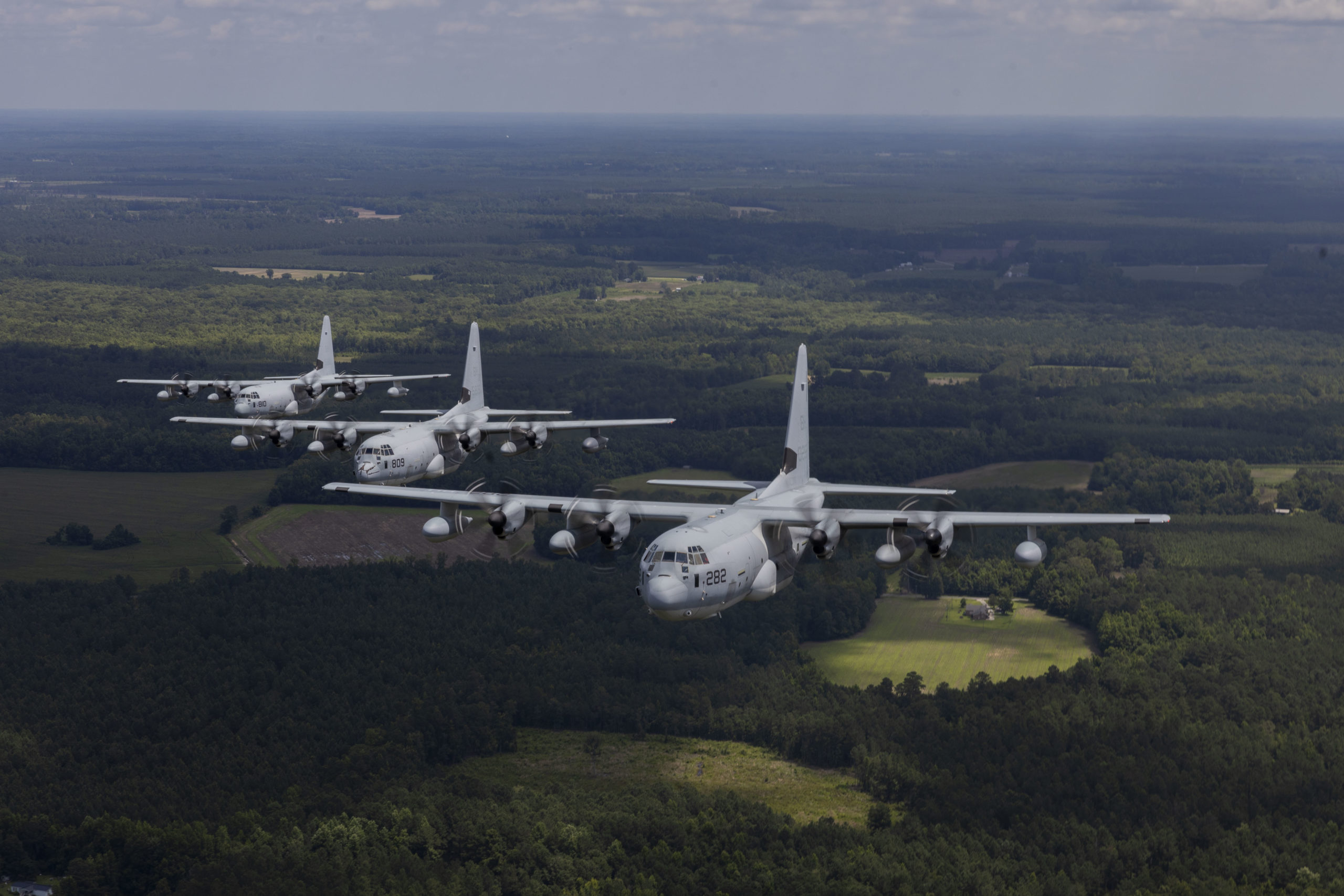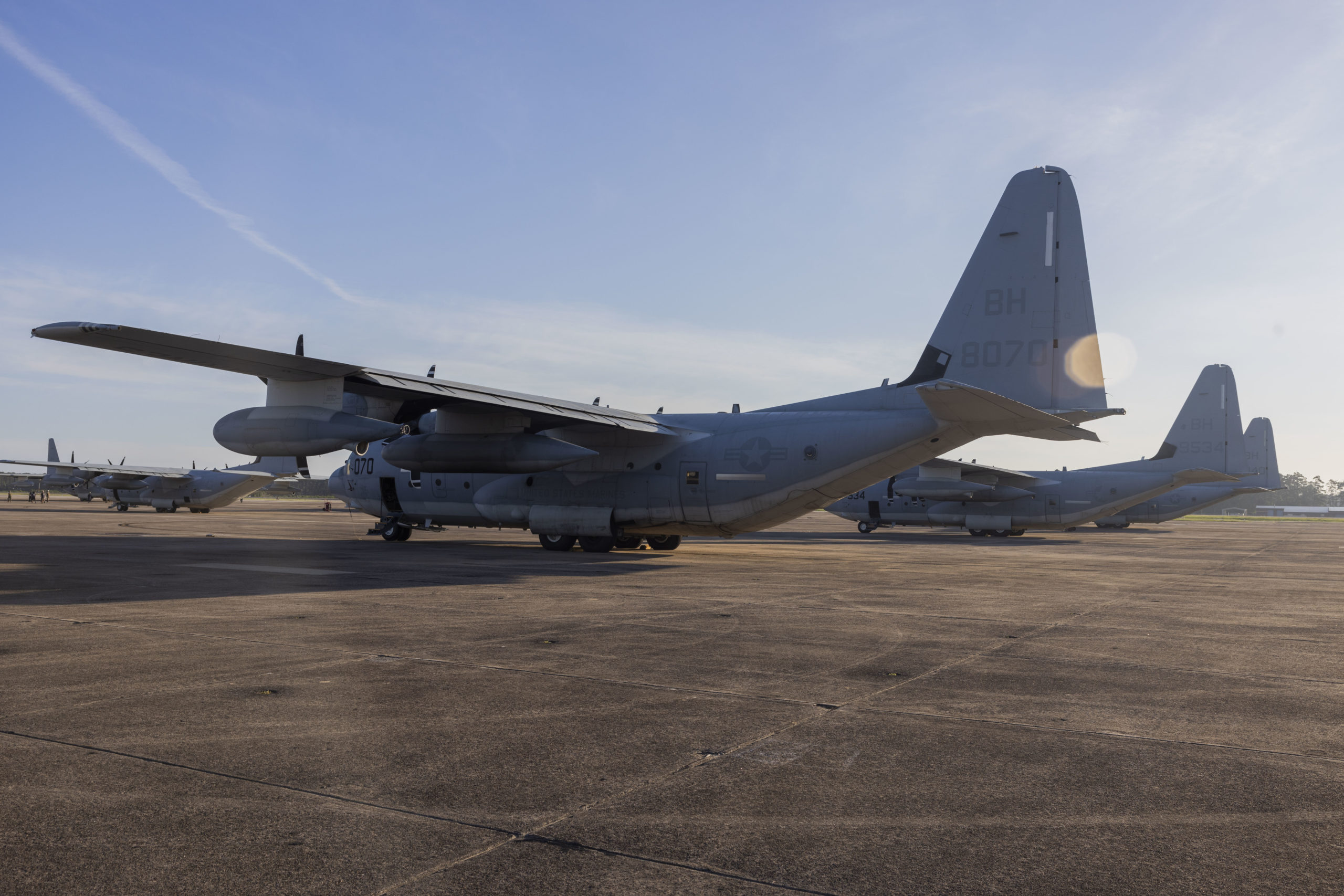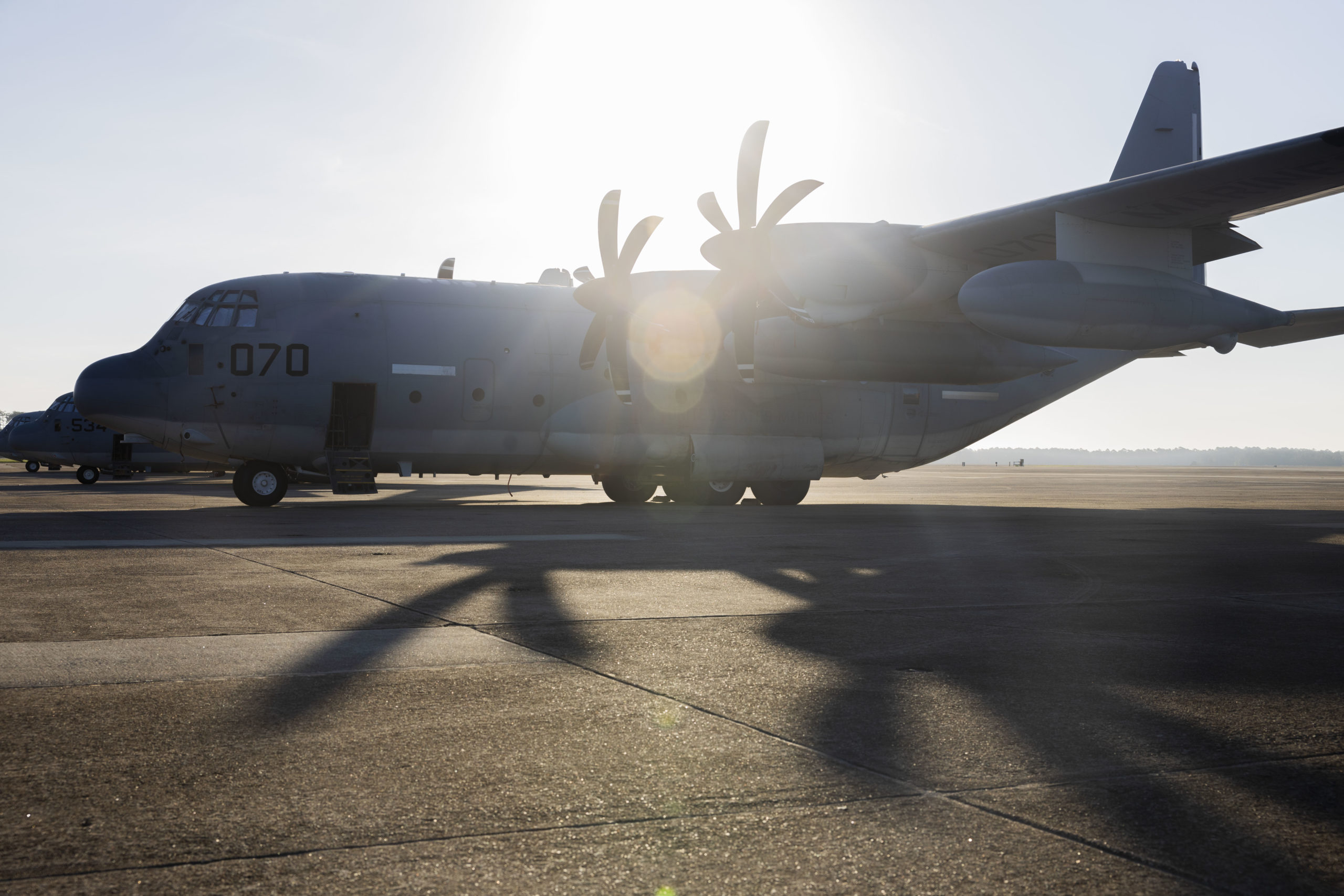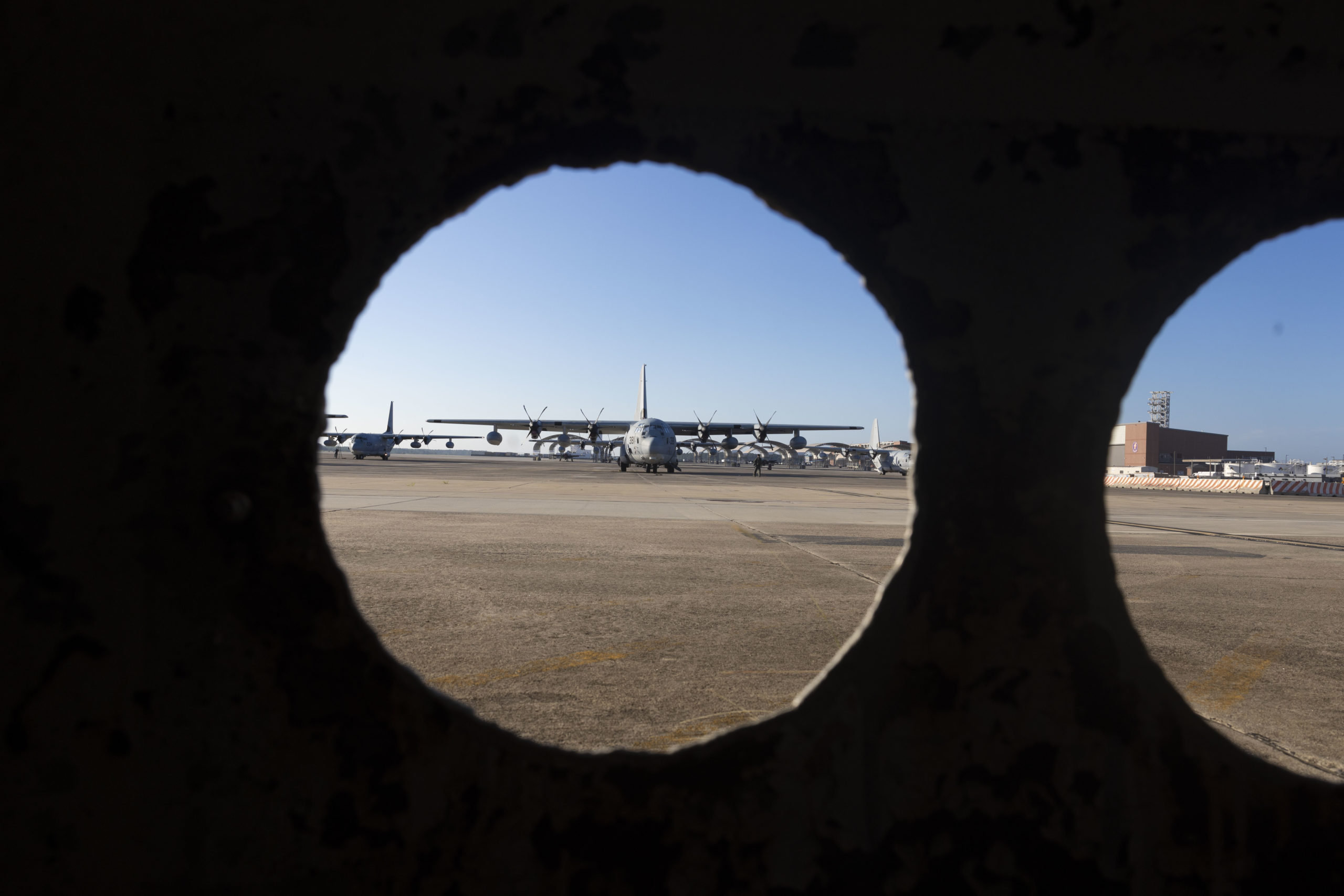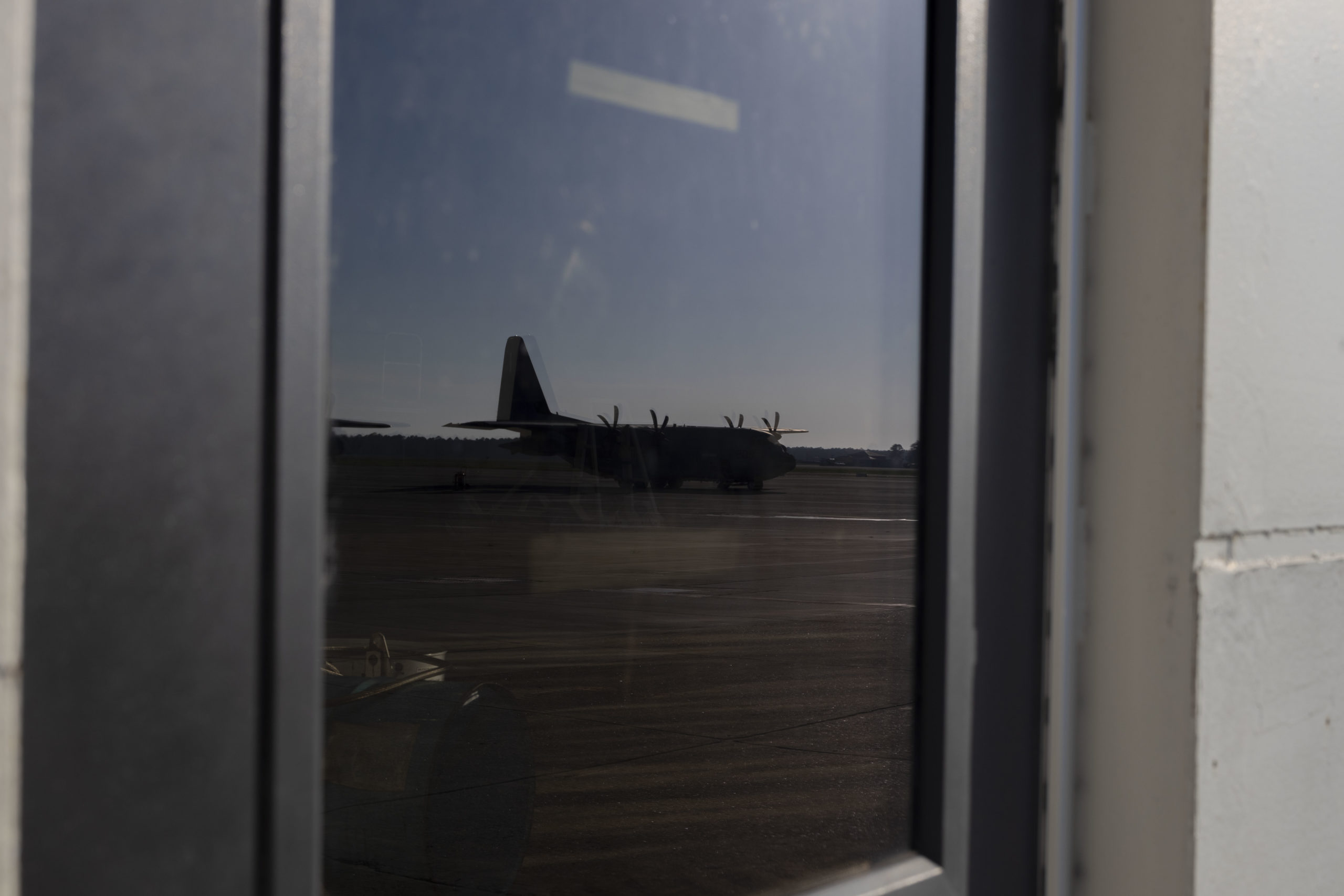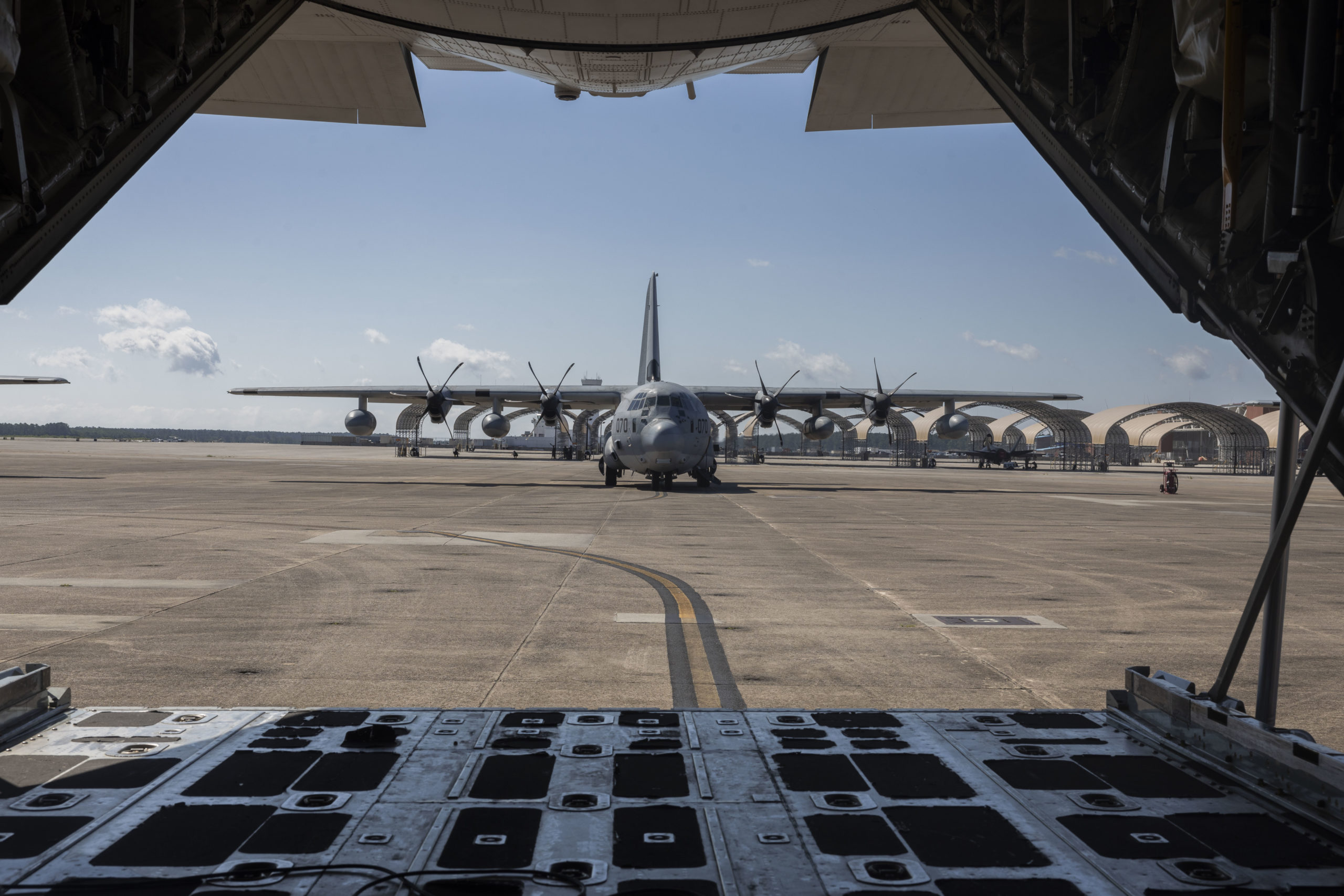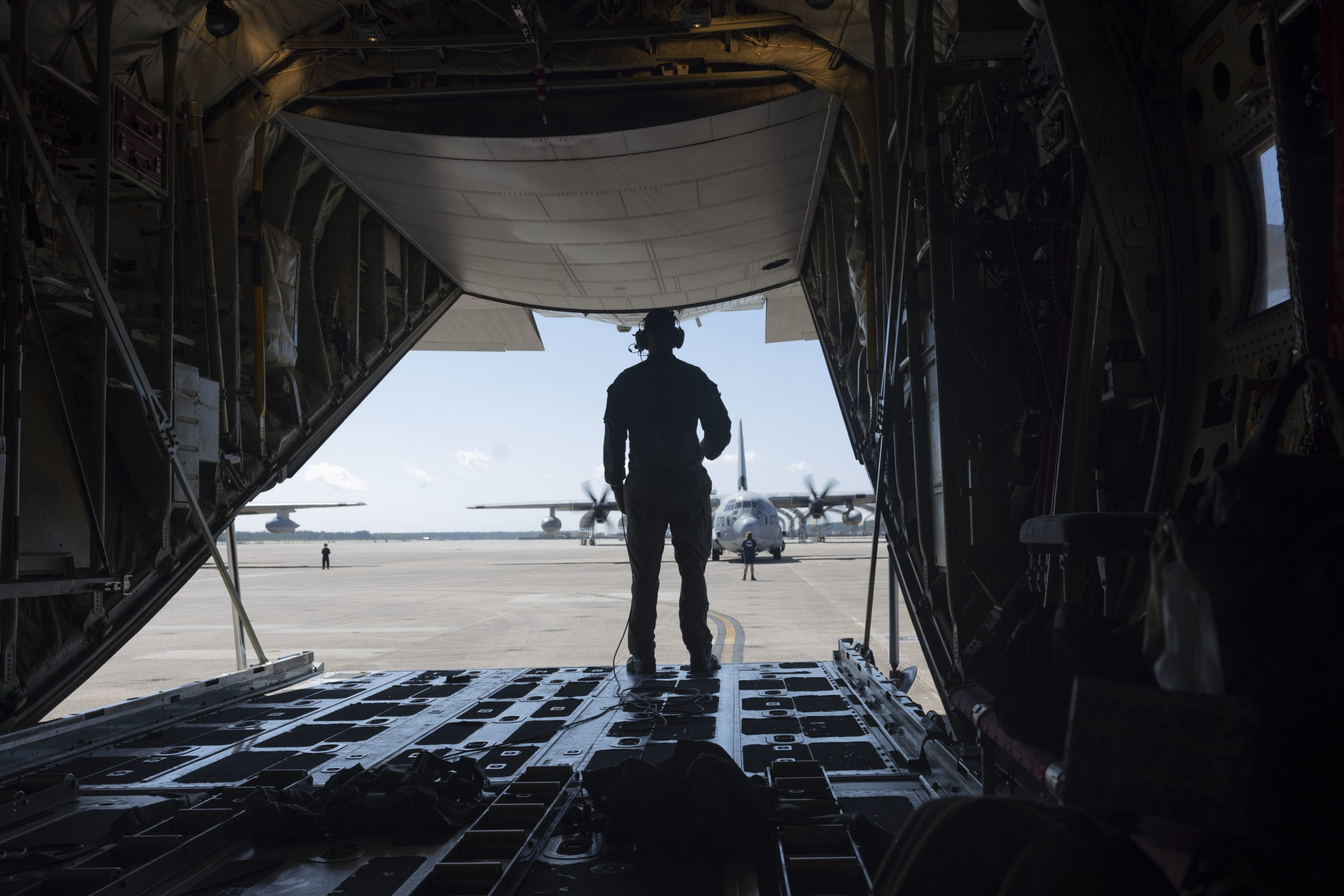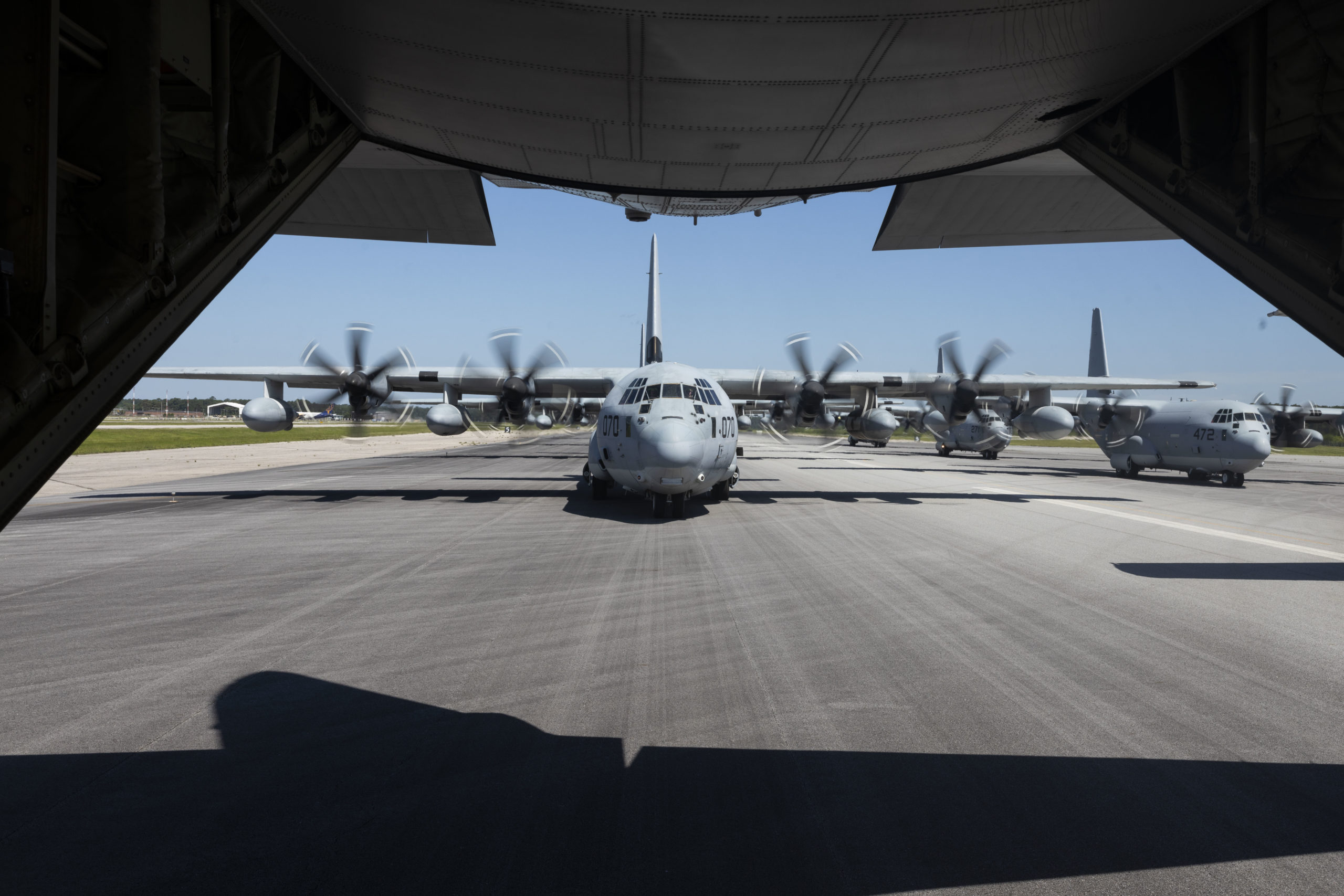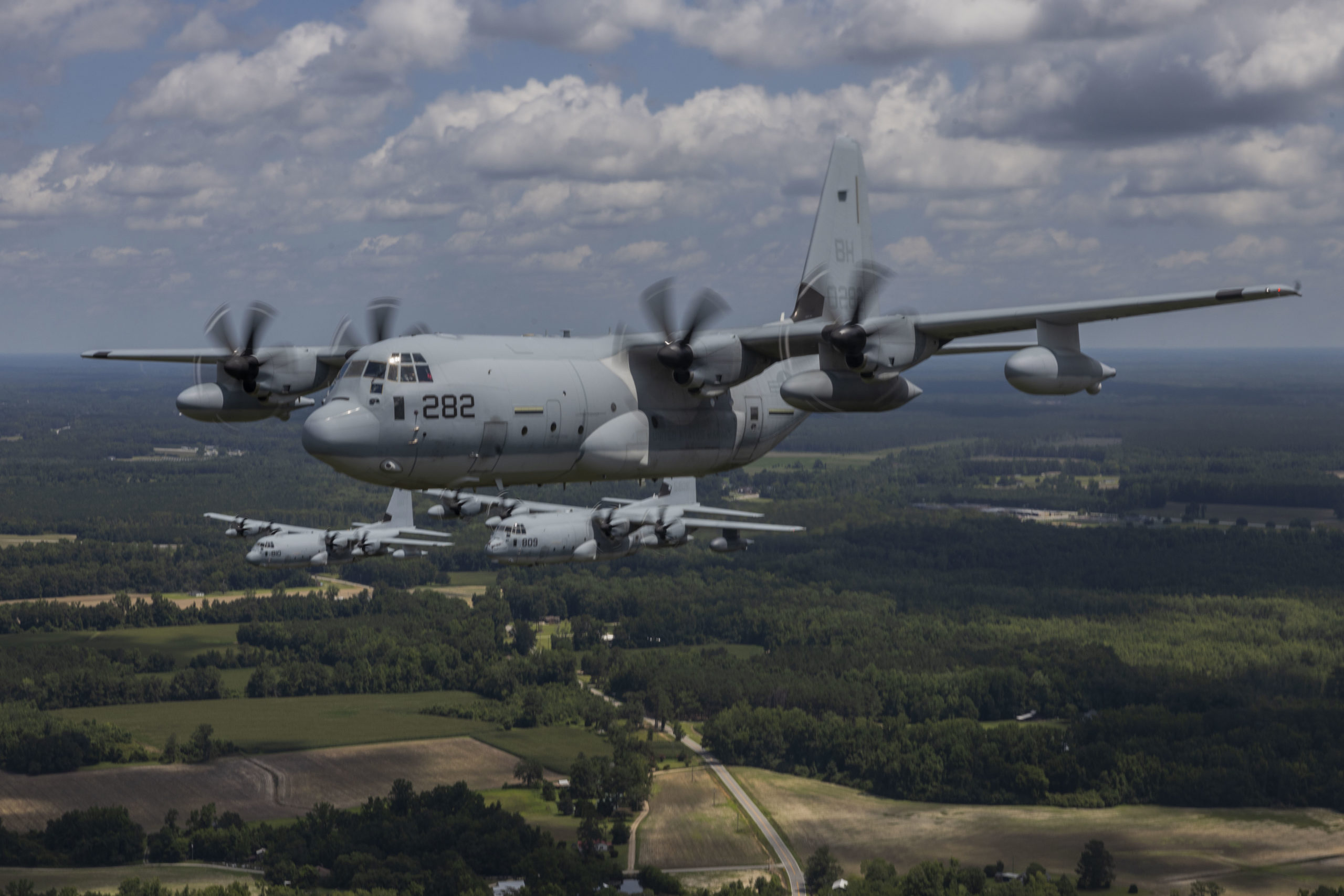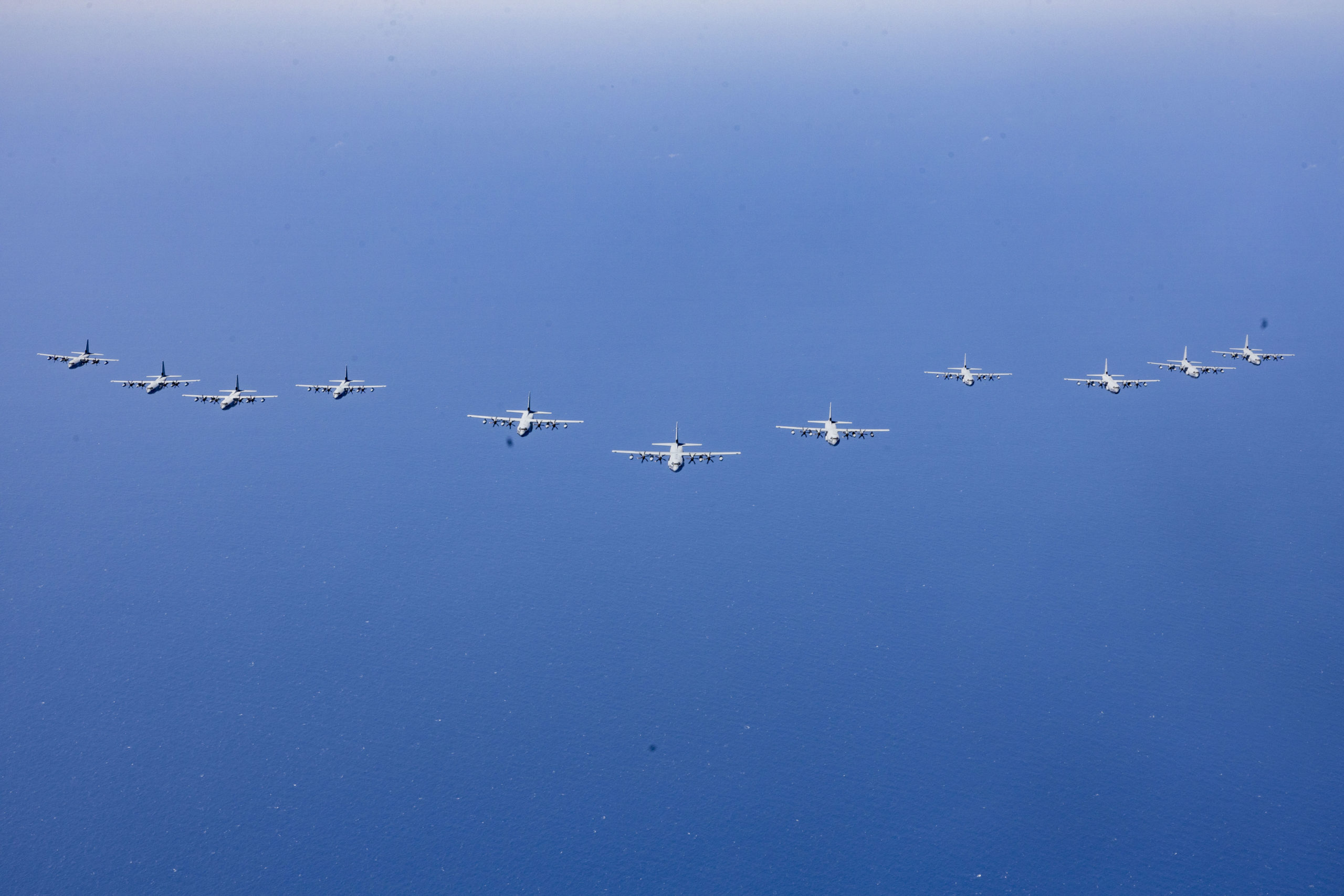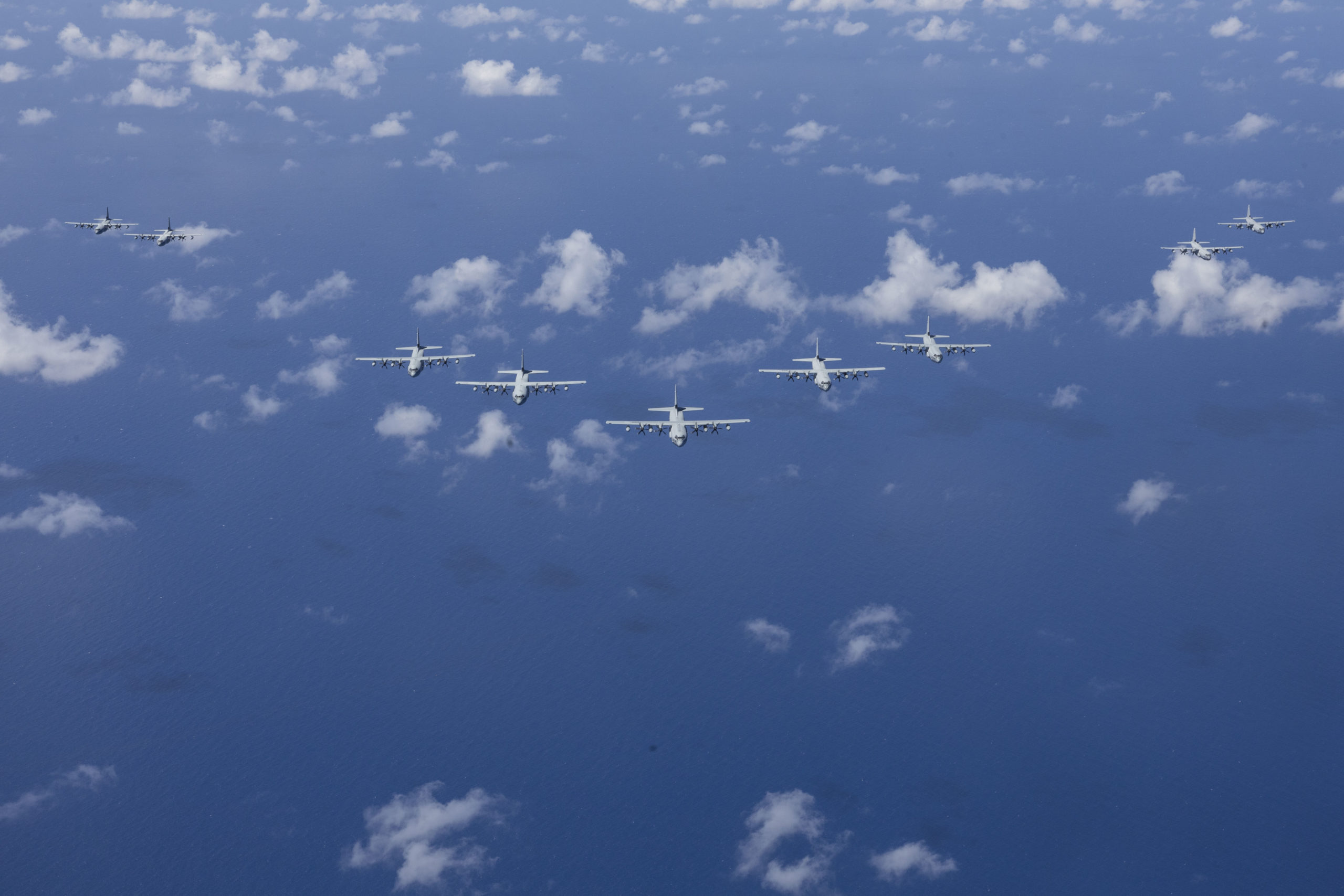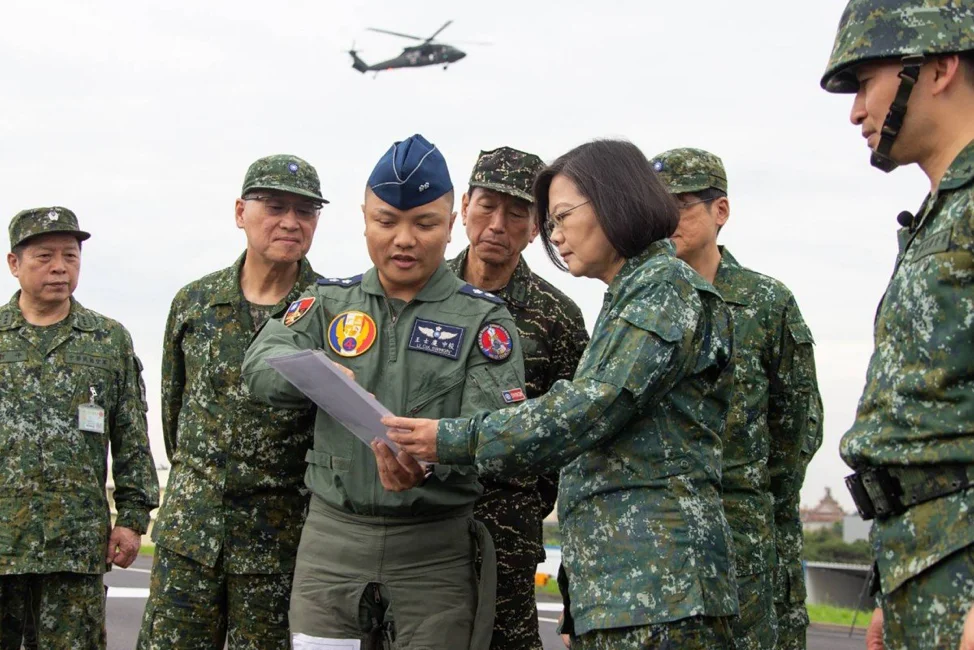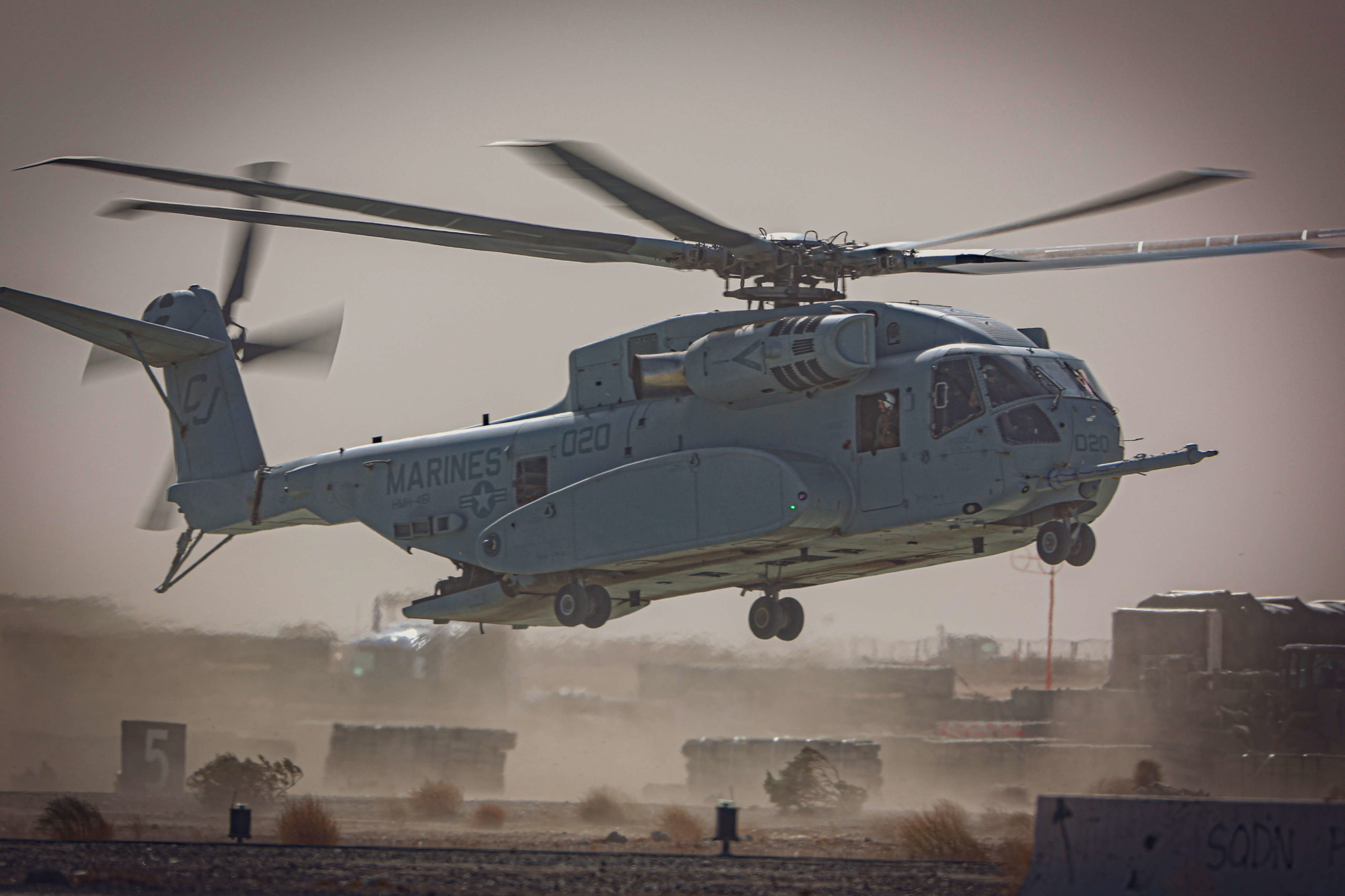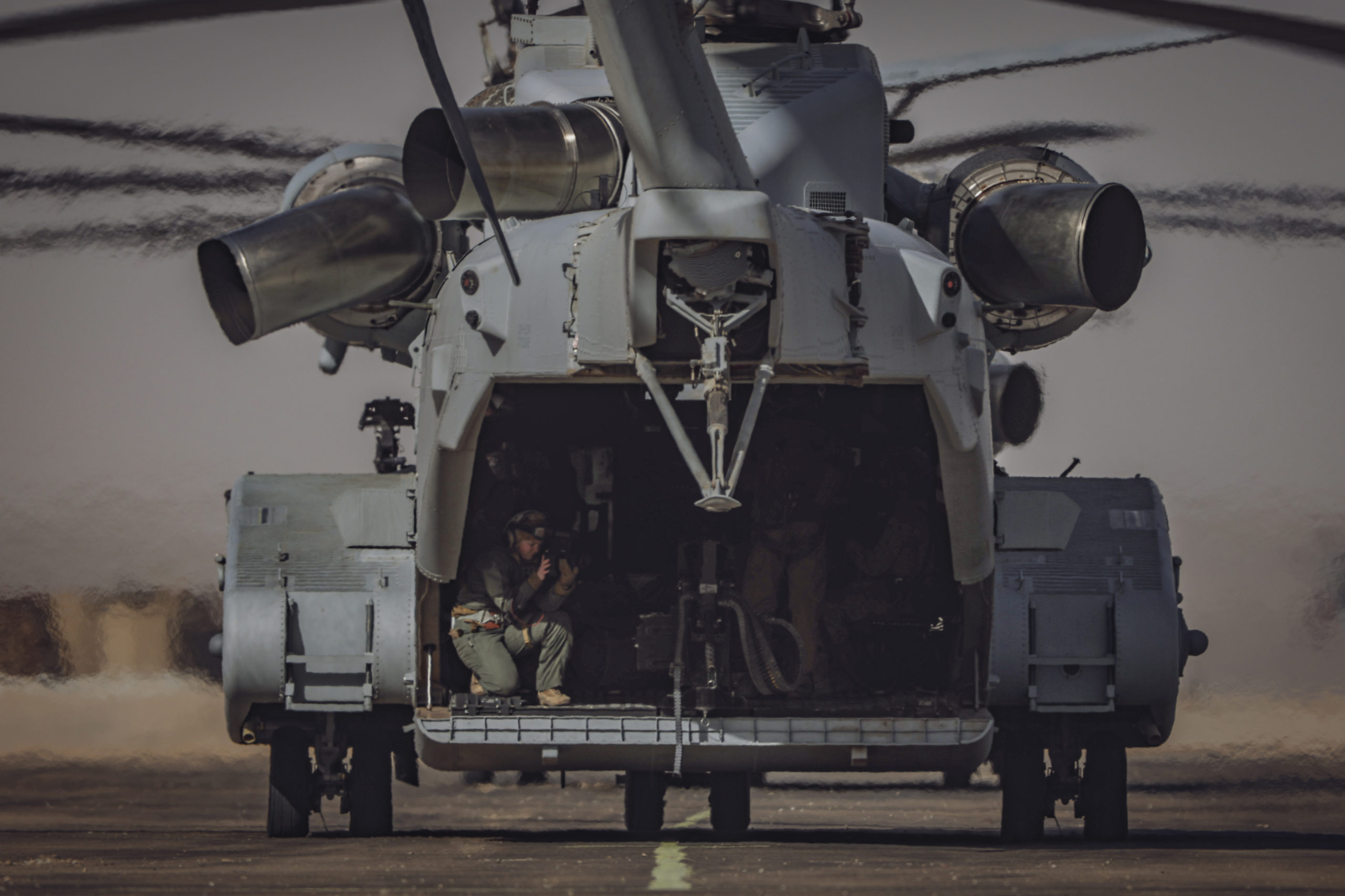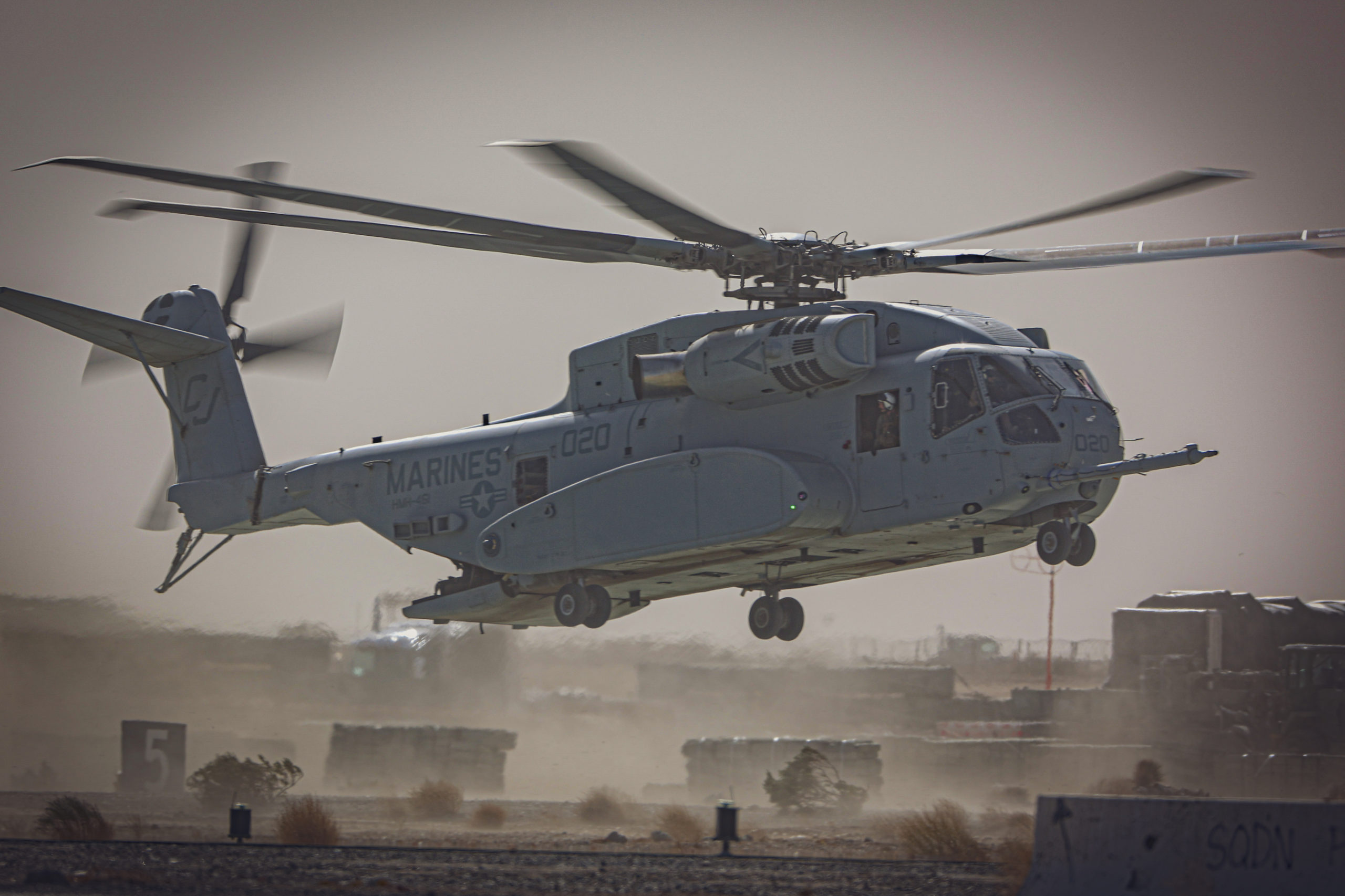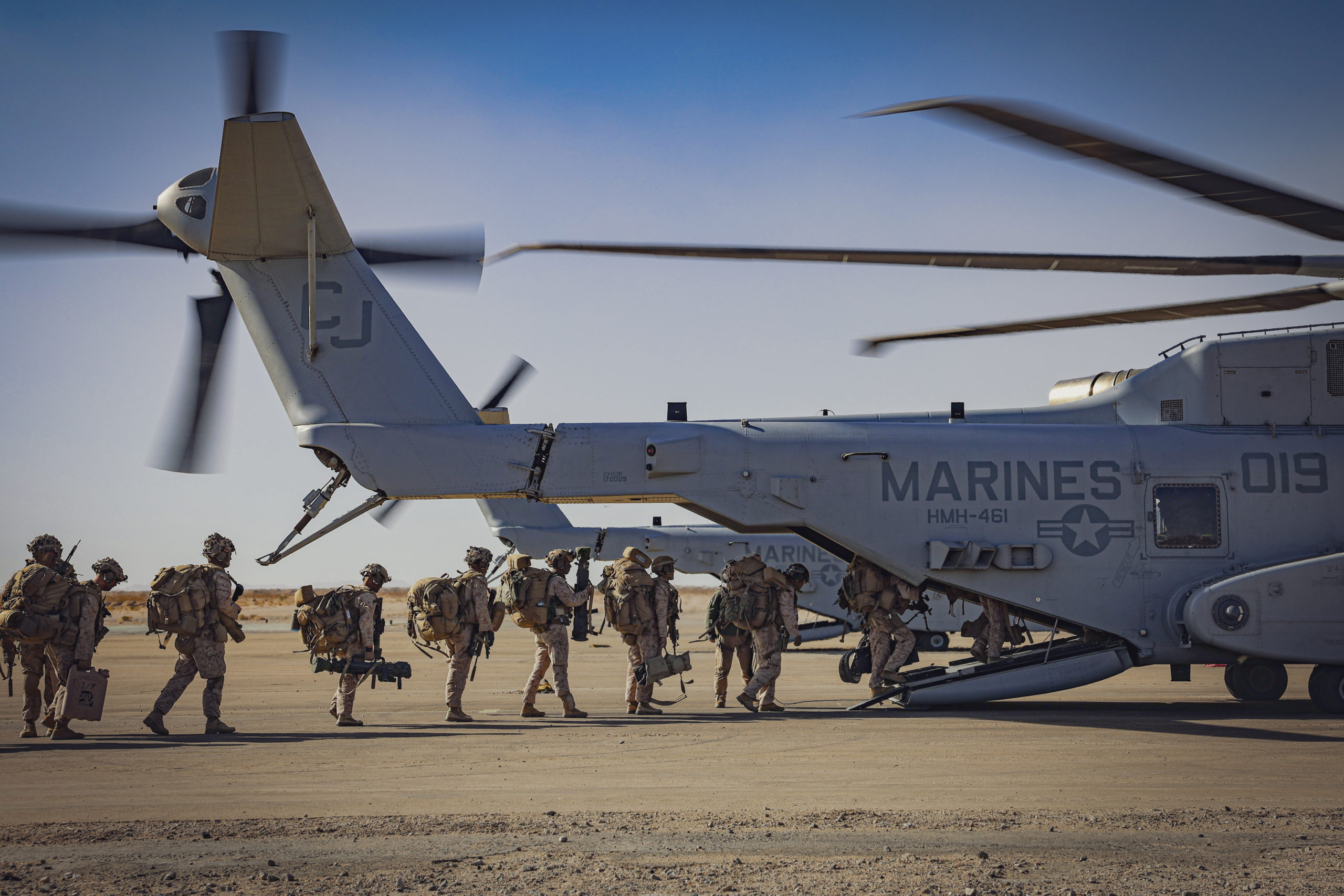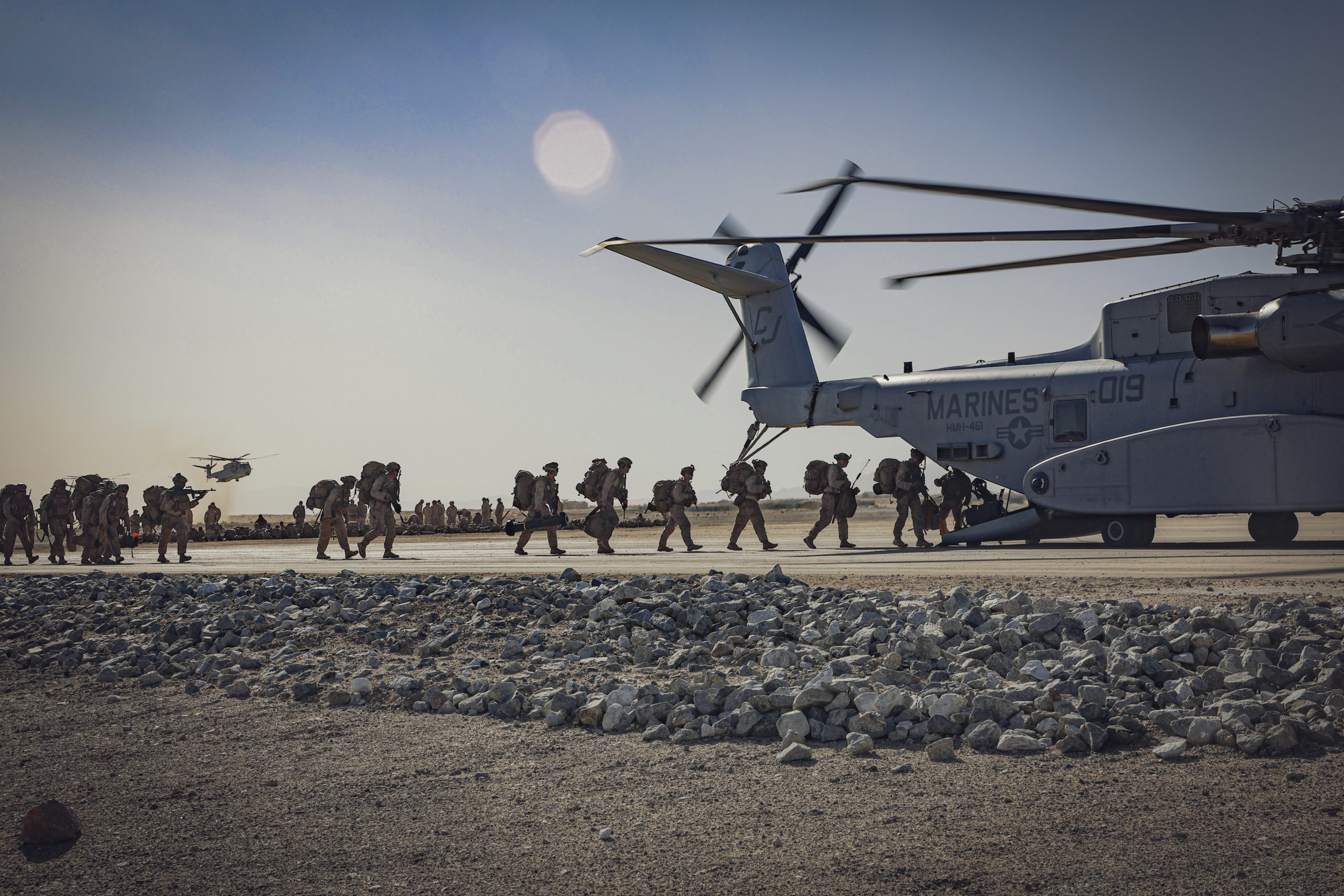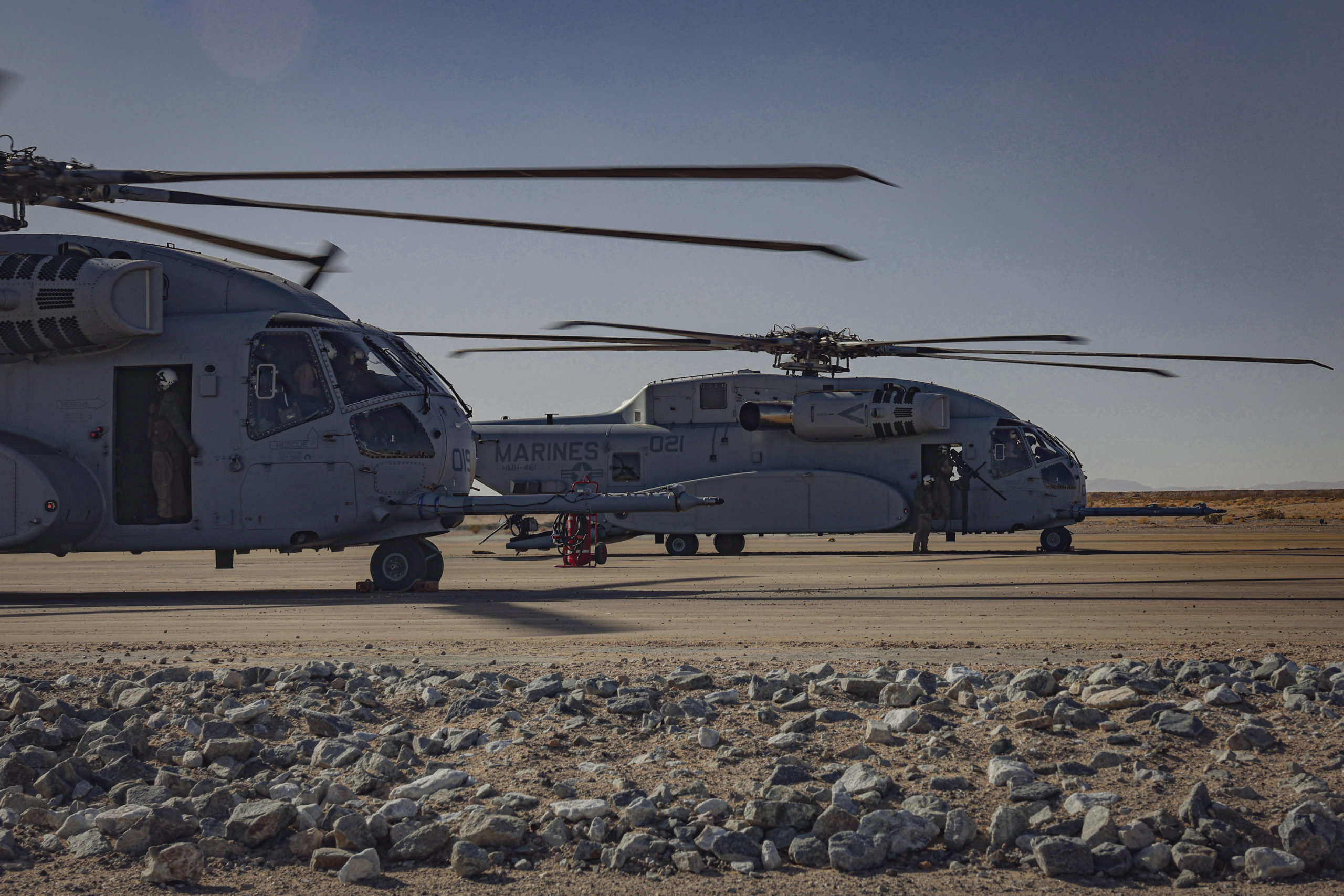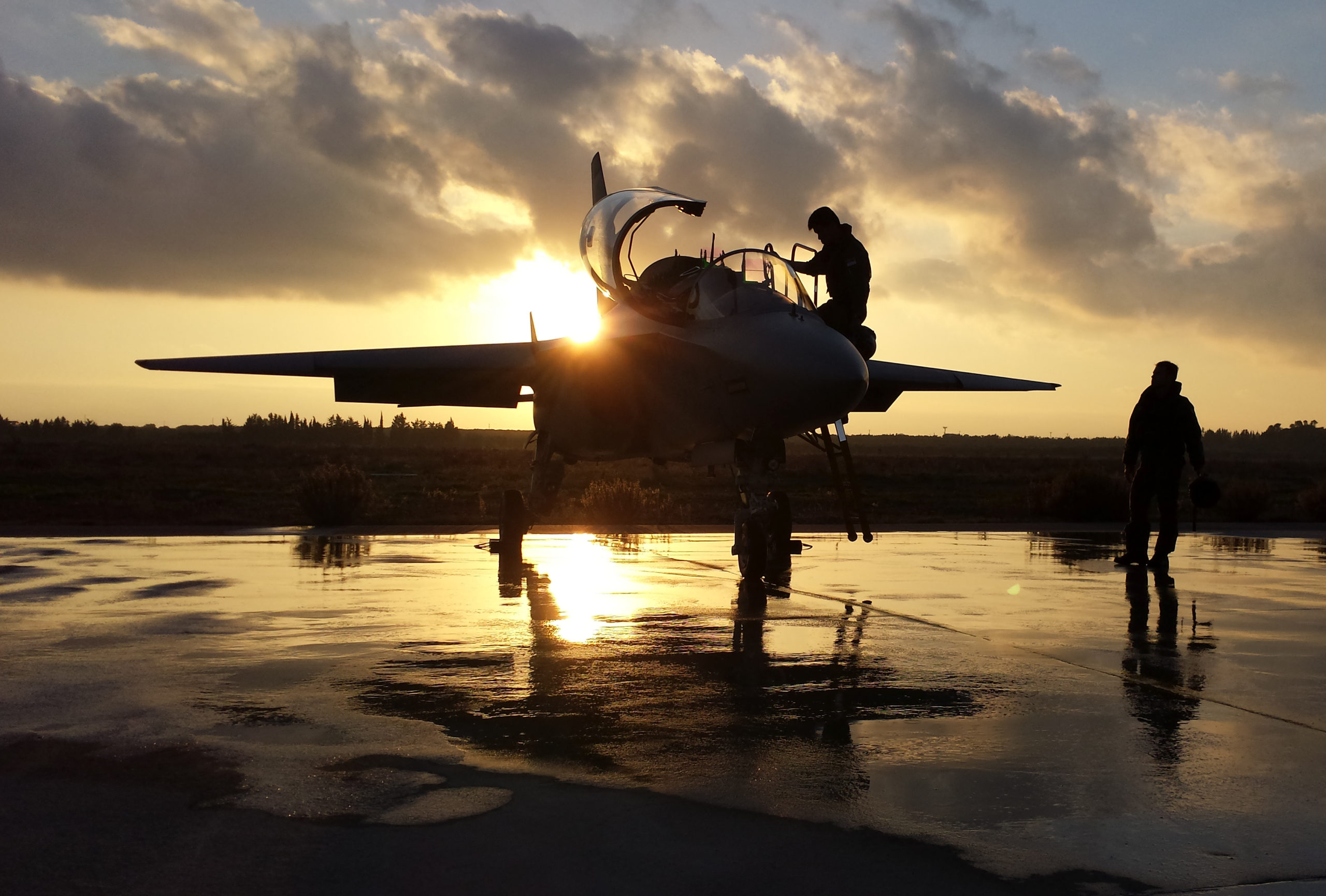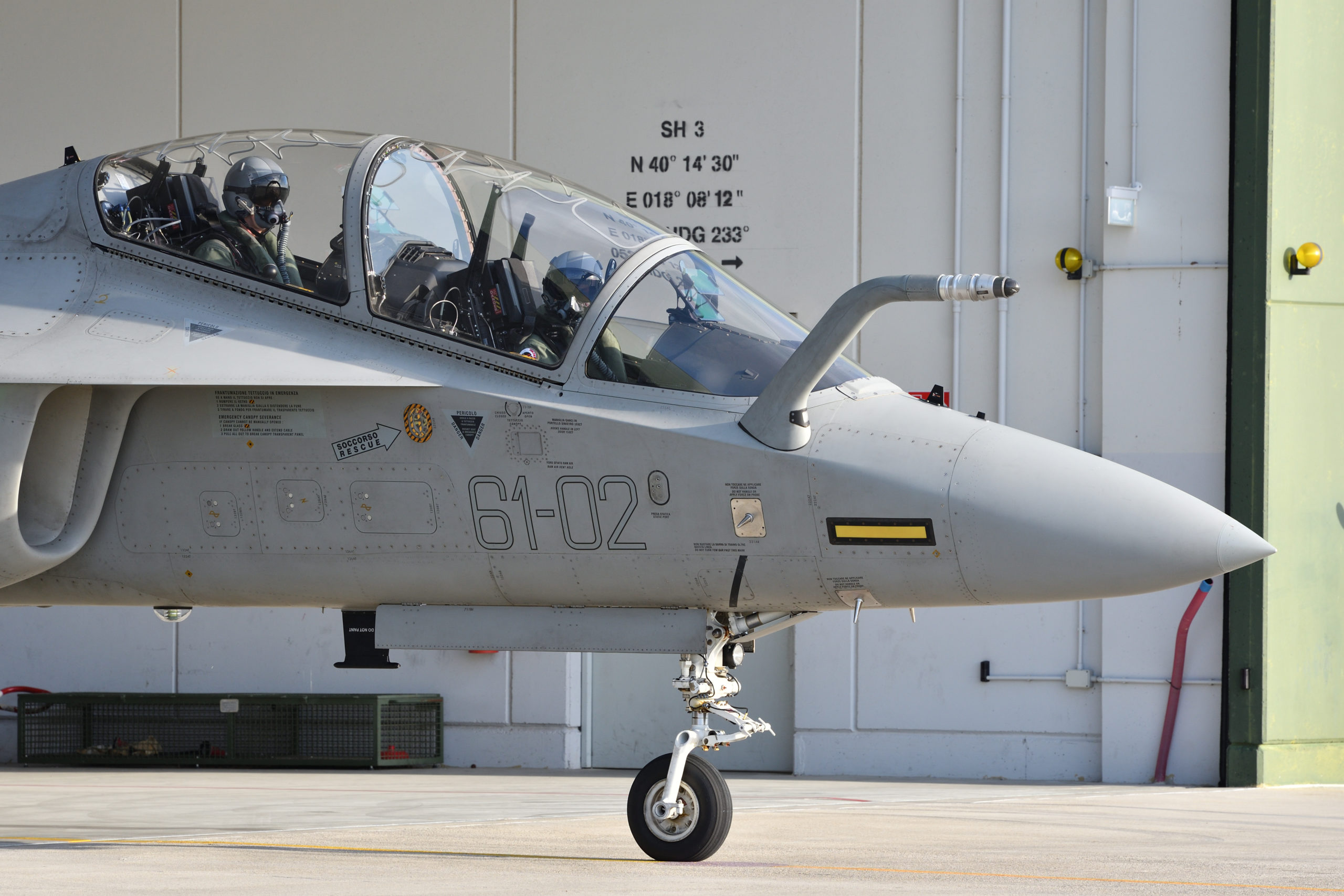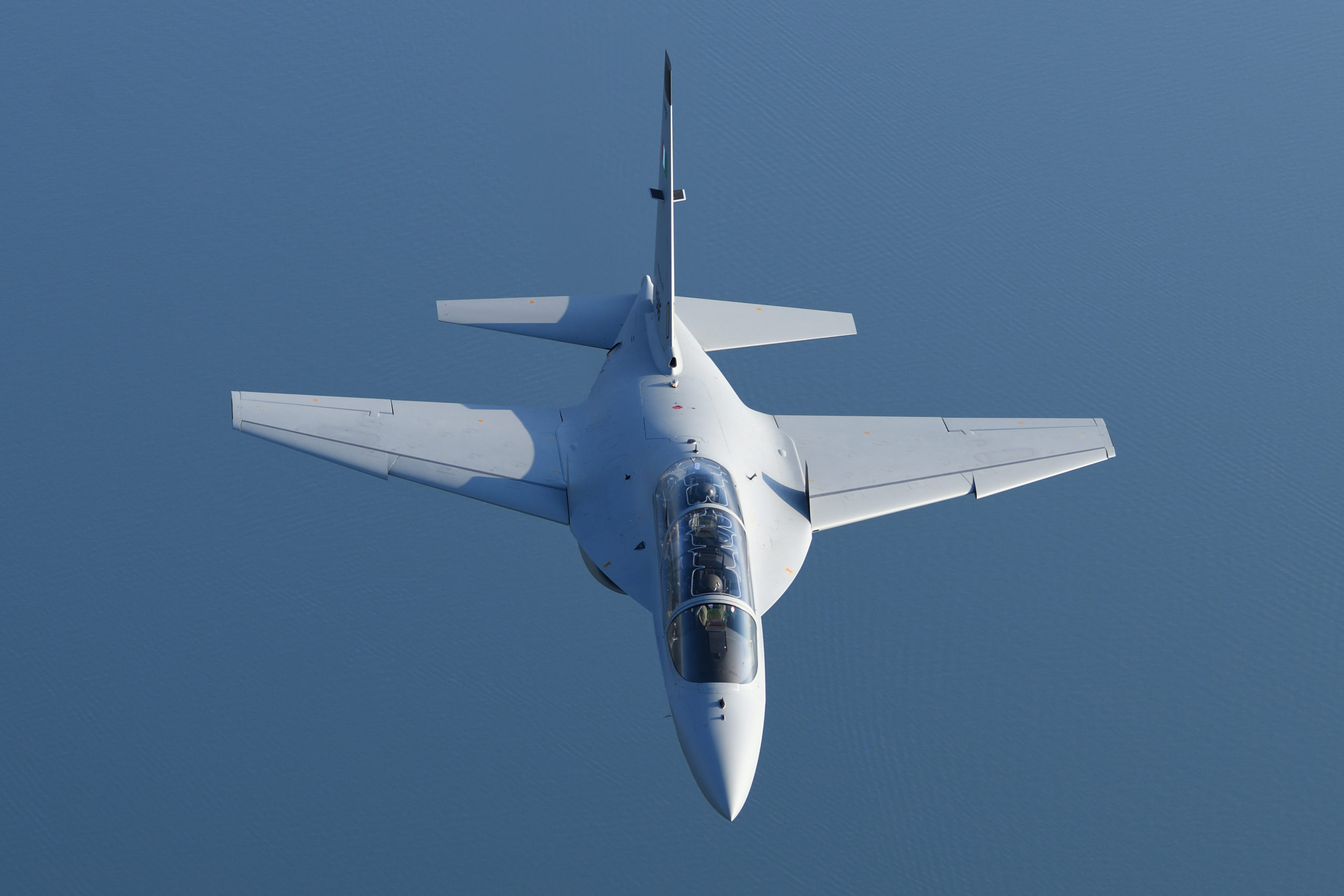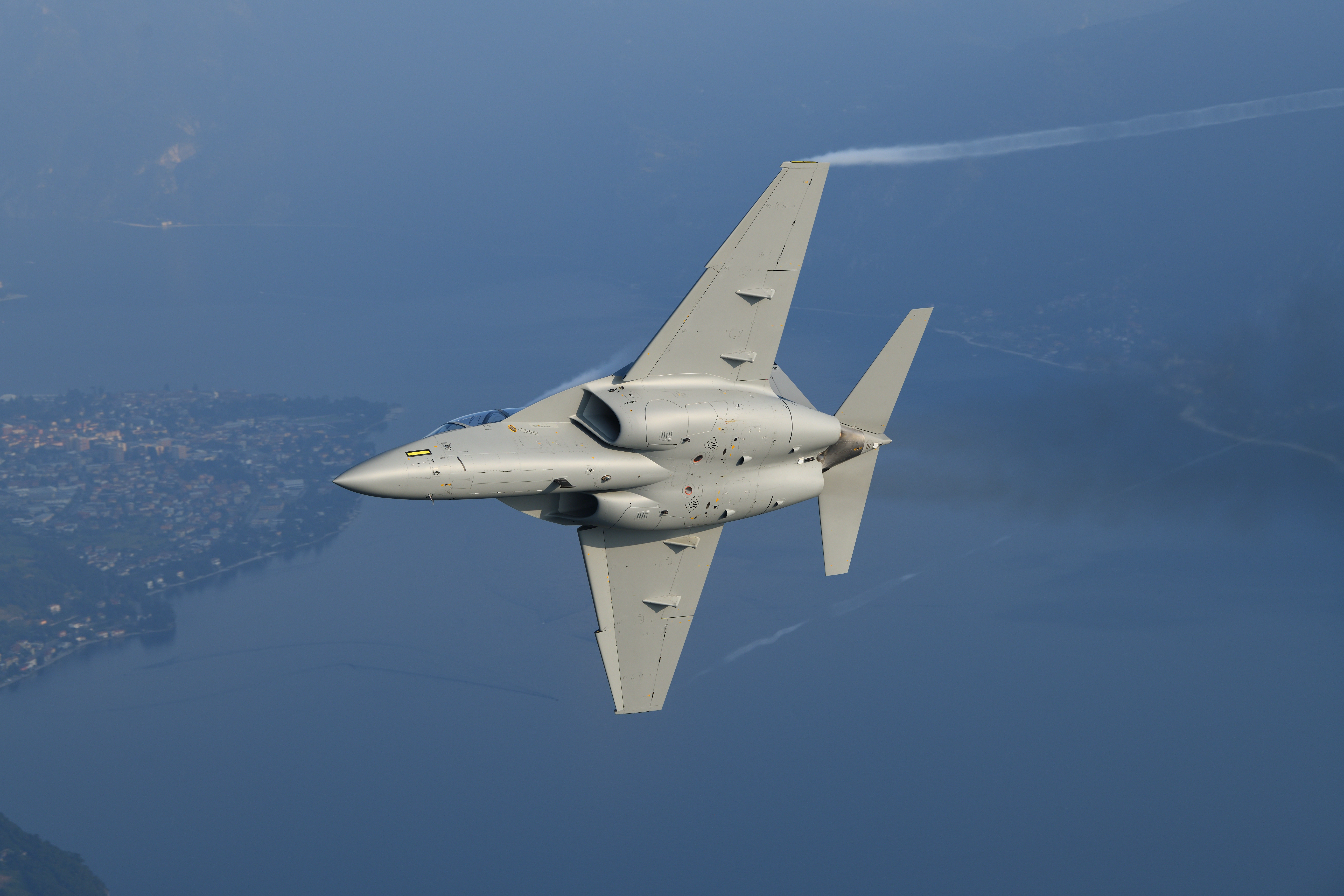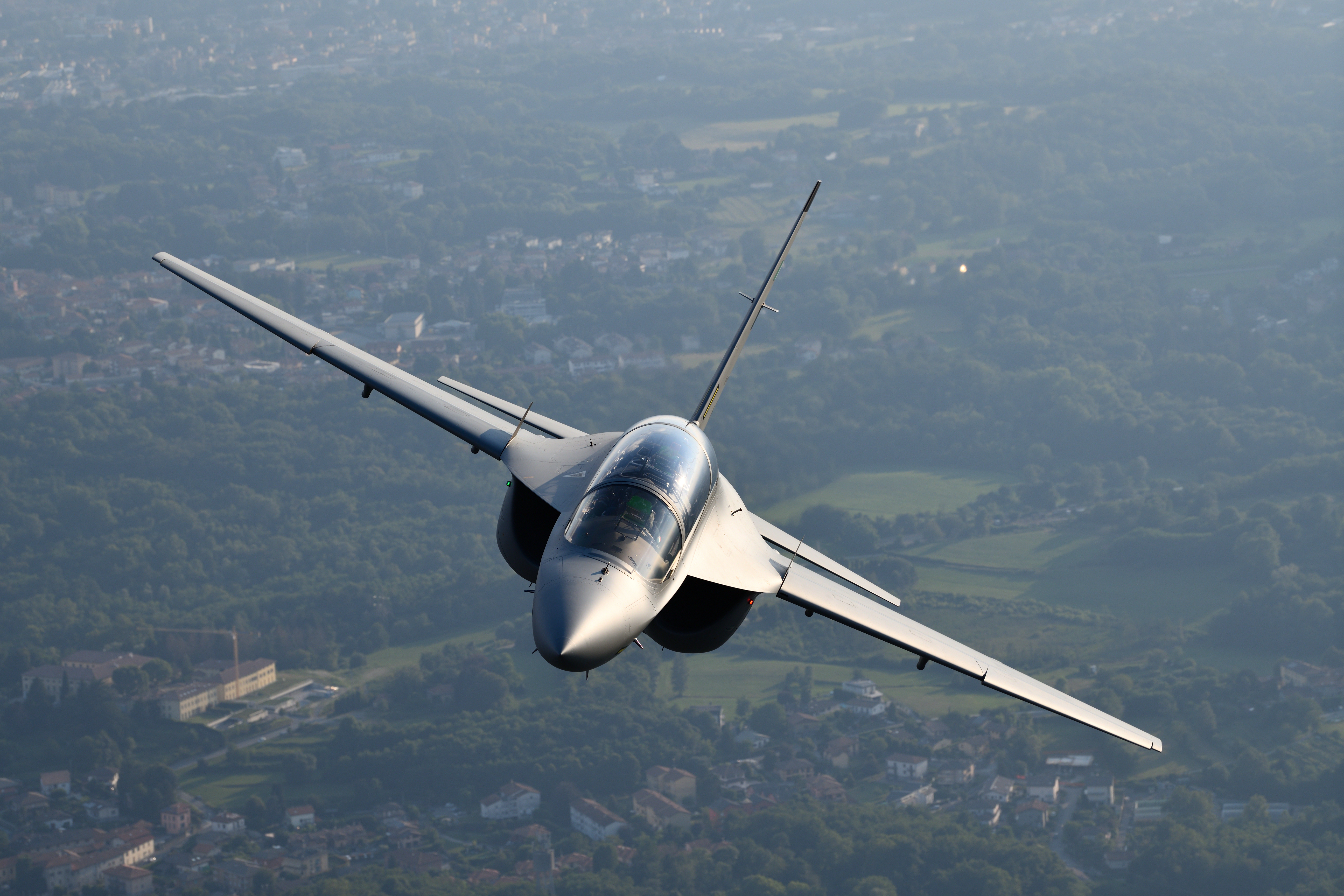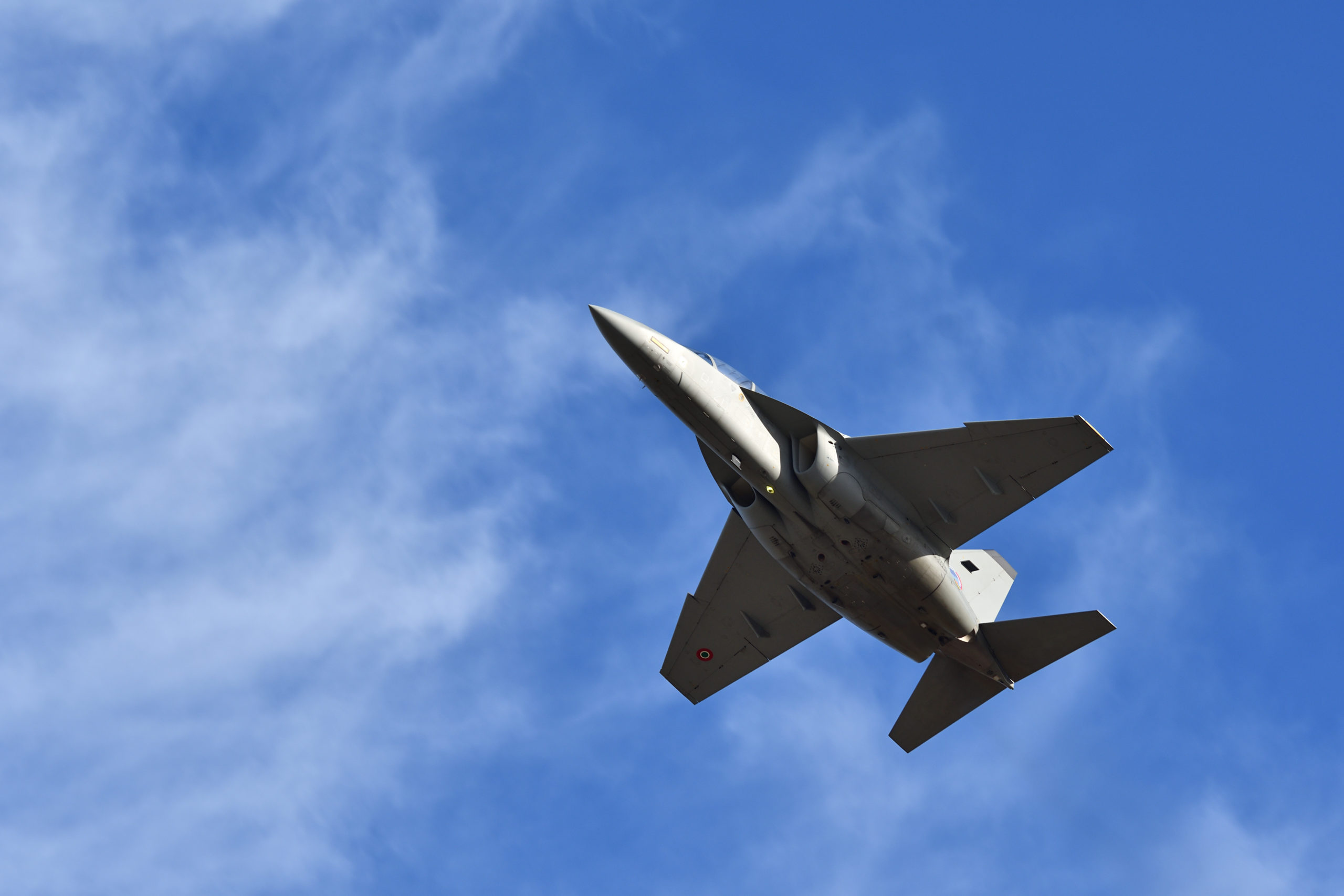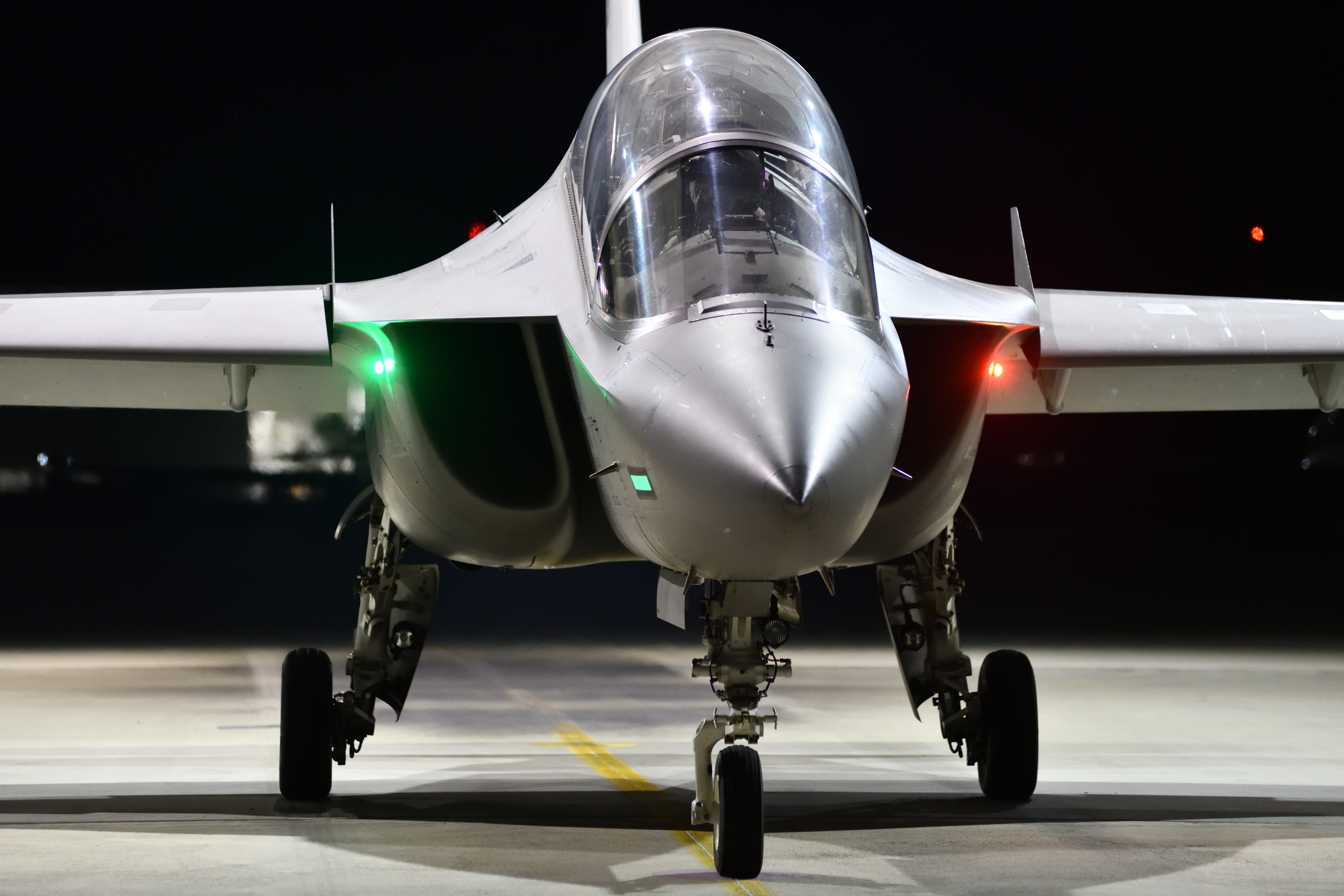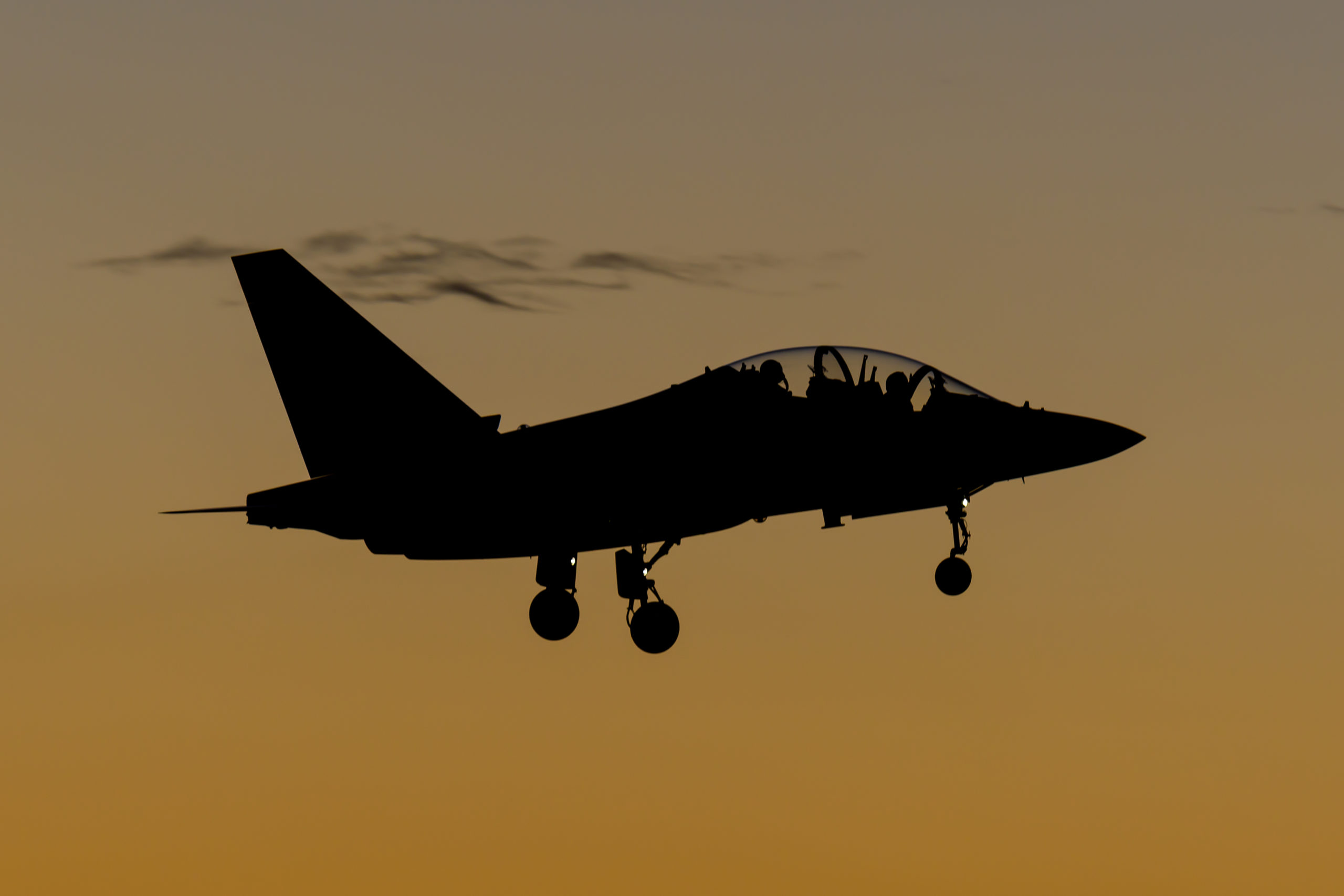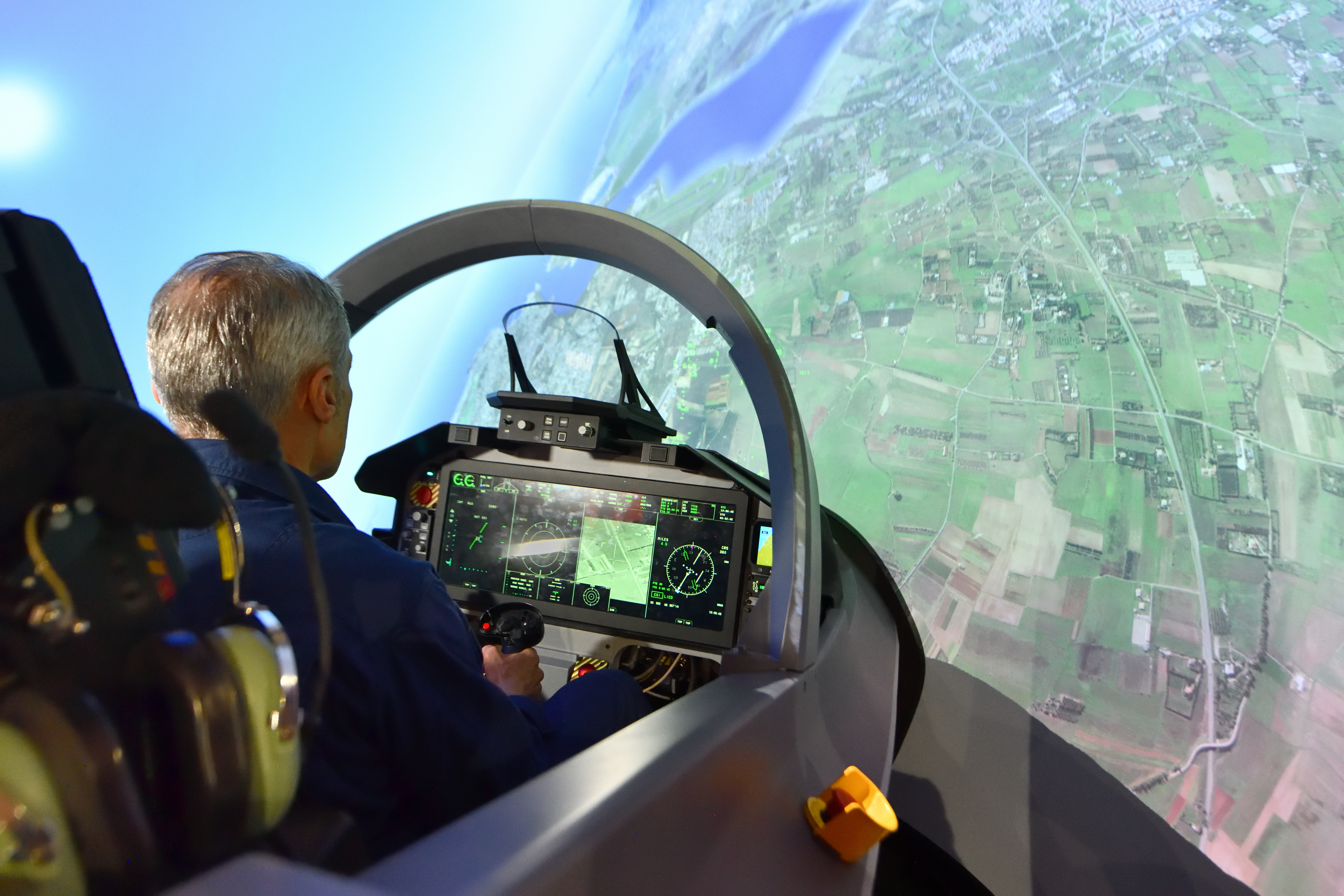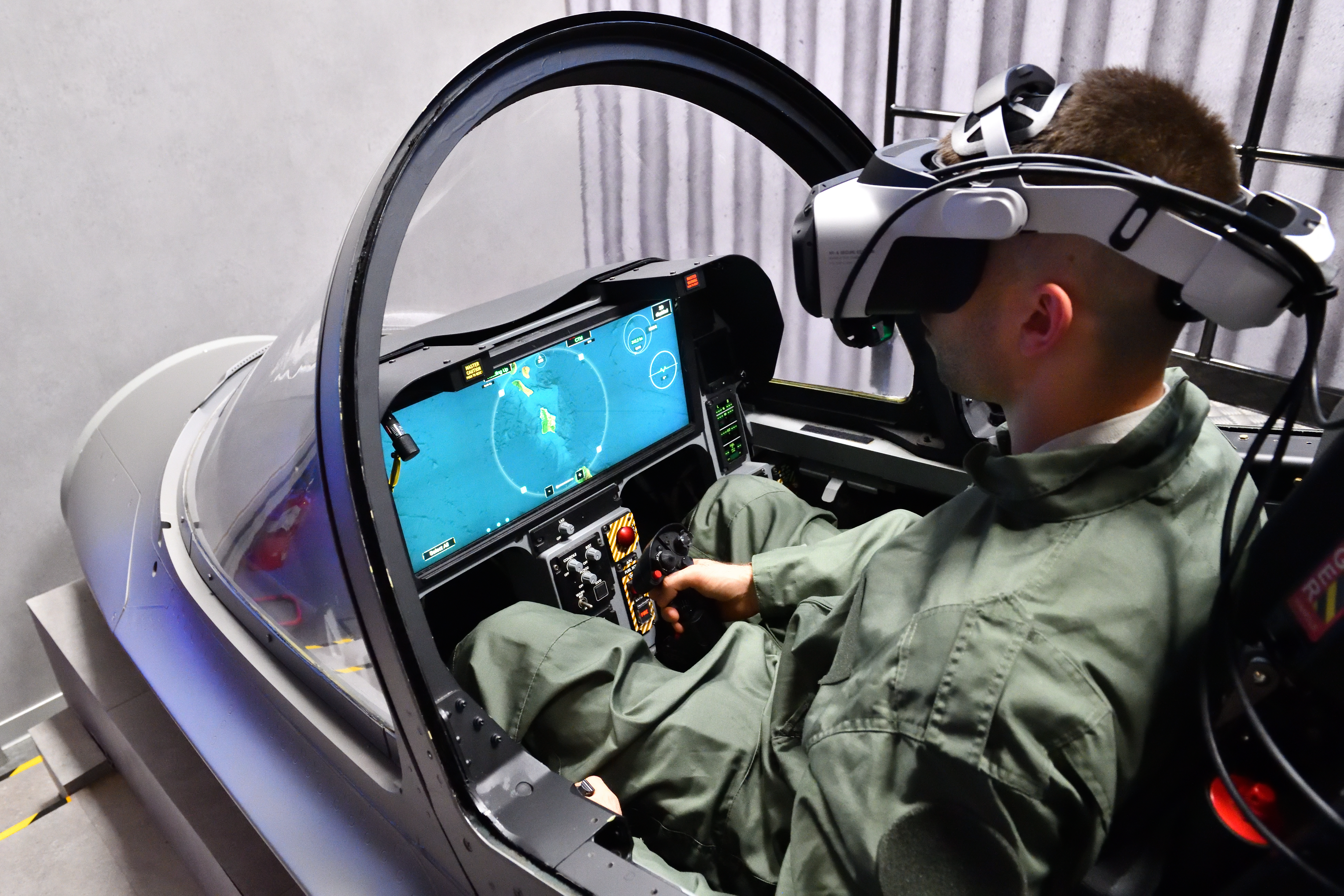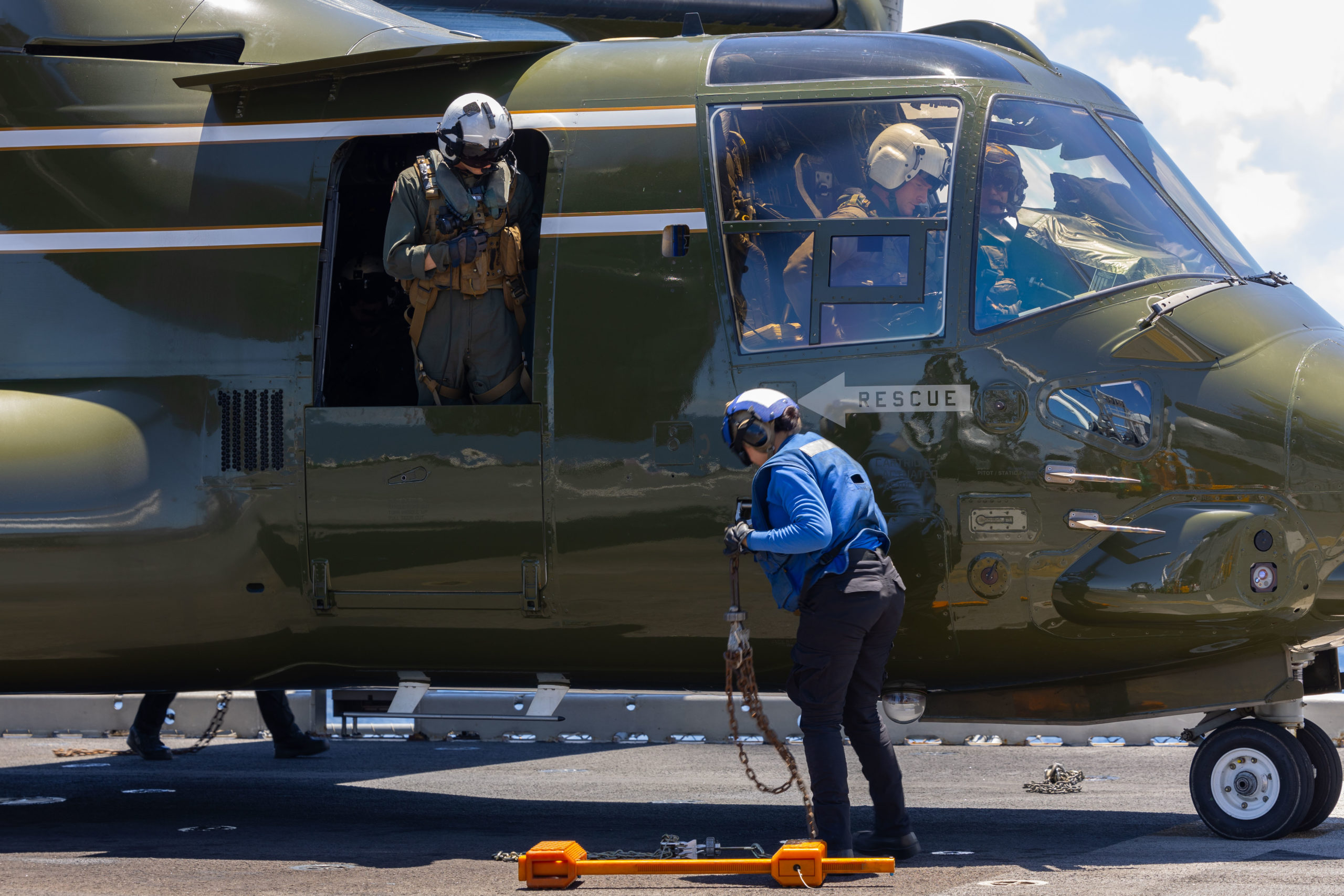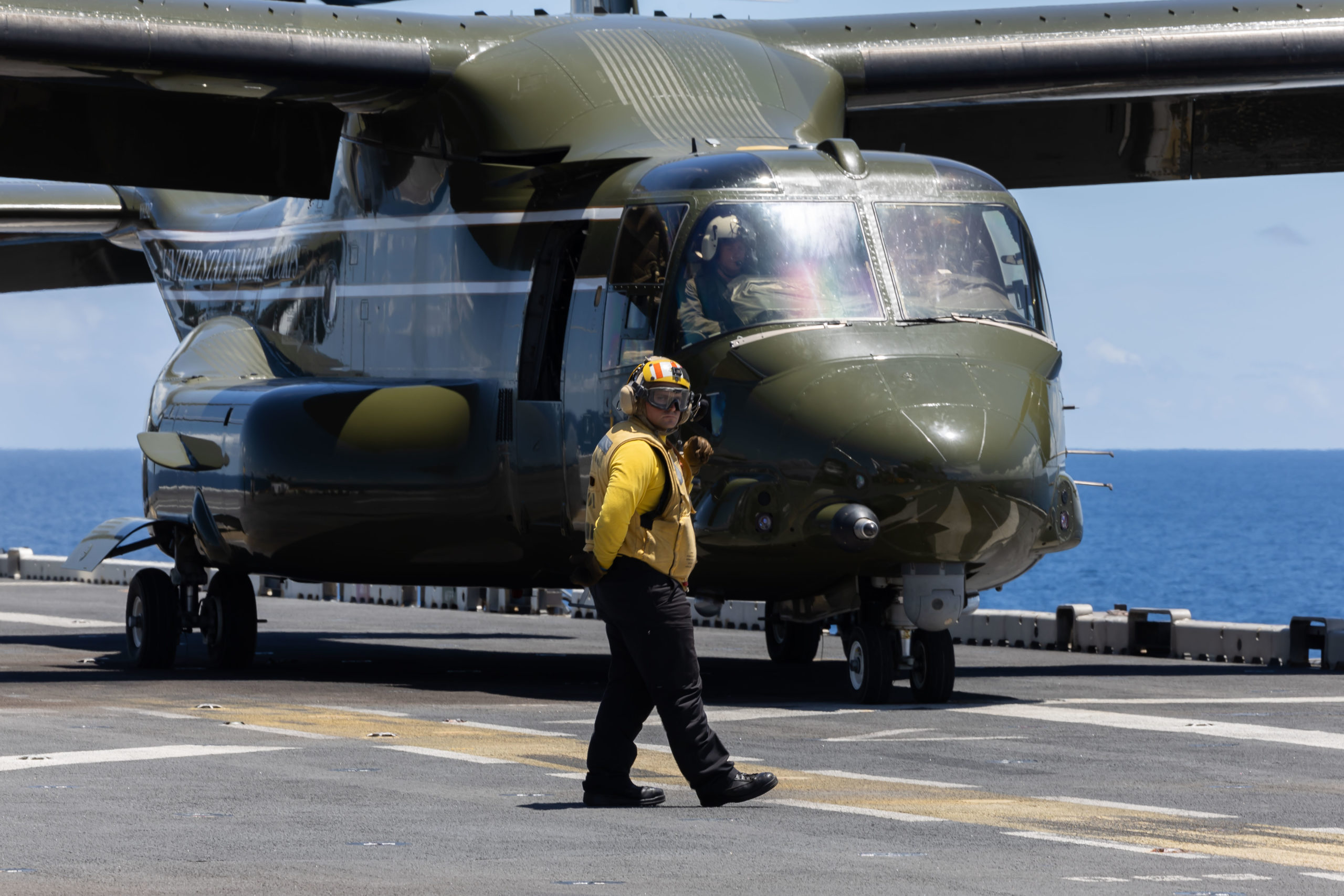By Robbin Laird
The United States faces a critical strategic moment in the Pacific. While adversaries deploy operational capabilities — however imperfect — America continues to treat essential weapons systems as science projects rather than deployable assets. This is particularly true for hypersonic weapons, where the absence of a clear concept of operations (CONOPS) has relegated transformational capabilities to endless development cycles rather than battlefield readiness.
The fundamental problem isn’t technological — it’s conceptual. Without a driving CONOPS, any capability becomes a platform in search of a mission rather than a solution to an operational problem. The ecosystem for hypersonic weapons integration already exists through the F-35 Lightning II and MQ-4C Triton platforms, which provide the sensor and targeting foundation necessary for distributed strike operations. We don’t need to wait for space-based systems or revolutionary new platforms. We need to weaponize what we have.
Consider the Israeli operations that would have been impossible without F-35 capabilities. The aircraft didn’t just deliver ordnance — it provided battle damage assessment, real-time targeting updates, and strategic effects that traditional fighters simply cannot achieve. This demonstrates the operational reality of fifth-generation warfare: platforms that function as battle managers rather than simple delivery systems. Hypersonic weapons represent the logical extension of this distributed, effects-based approach to warfare.
The strategic priority must be enhancing the “fight tonight force” or providing the capabilities available in the next 2-5 years rather than the hypothetical force of 2035. This requires abandoning the traditional acquisition mentality that treats every system as a 20-year development program. The Chinese understand this dynamic, gaining strategic advantage through deploying systems that may be imperfect but are operationally available. Perception shapes reality in strategic competition, and deployed capabilities—however limited—trump perfect systems that exist only on drawing boards.
The current approach to hypersonic weapons exemplifies this problem. Industry partners have identified technologies that could be deployed as early as 2027-2028 with appropriate funding and a shift to concurrent development methodologies. This isn’t about rushing immature technology to the field—it’s about recognizing that form factors are stable, engineering challenges are understood, and the primary barriers are bureaucratic rather than technical.
The solution lies in parallel production or simultaneously developing prototypes while manufacturing long-lead components for early operational deployment. This approach mirrors the successful 2001-2002 Ground-Based Midcourse Defense program, where the Bush administration prioritized getting five interceptors in silos by 2005 rather than waiting for the perfect system a decade later.
The methodology is straightforward: identify stable design elements, procure long-lead hardware, and complete integration as demonstration missions validate performance. This capabilities-based deployment approach recognizes that the best capability deployed by 2028 is infinitely more valuable than the perfect capability available in 2035—particularly when facing adversaries who don’t wait for perfection.
Current funding profiles support steady development but not rapid deployment. The difference between a 2032 initial operating capability and a 2027 early operational prototype often comes down to resource allocation rather than technological barriers. This represents a strategic choice about whether America will field capabilities or continue studying them.
Hypersonic weapons aren’t a monolithic capability but represent a mosaic of complementary systems, each with distinct operational advantages. Air-breathing systems operating at Mach 4-6 provide atmospheric flight profiles with unique targeting opportunities. Hypersonic glide bodies achieve Mach 10+ speeds while “skipping” along the atmosphere, creating complex defensive challenges. Maneuverable reentry vehicles combine ballistic efficiency with terminal maneuvering, offering rapid time-on-target effects.
This diversity isn’t an acquisition burden: rather it’s a strategic advantage. Different flight regimes provide warfighters with expanded decision space, allowing effects-based targeting that can overwhelm defensive systems through varied approach vectors and timing. The goal isn’t to choose one system but to field a complementary suite that provides flexible response options across the spectrum of potential conflicts.
More importantly, this mosaic approach supports distributed operations across multiple platforms. Hypersonic weapons that can launch from air, sea, and land platforms create a grid of potential strike points that cannot be easily targeted or predicted. This aligns with the fundamental Pacific strategy of distributing forces and embedding them with allies rather than concentrating them in vulnerable fixed installations.
The distributed force concept represents more than tactical flexibility. It’s the foundation of credible deterrence in the Pacific. Traditional approaches that rely on a few heavily armed platforms create predictable targets and concentrated vulnerabilities. Distributed hypersonic capabilities embedded with allied forces create multiple dilemmas for potential adversaries while strengthening partnership relationships.
The fundamental shift required is moving from platform-centric to effects-based thinking. Hypersonic weapons aren’t simply faster missiles. They’re enablers of distributed operations that change the strategic calculus in the Pacific. They provide “prompt strike” capability, allowing rapid response to time-sensitive targets without requiring forward-deployed forces in vulnerable positions.
This capability becomes crucial when considering crisis management and escalation control. Political decision-makers need military options that provide measured responses rather than binary choices between inaction and major escalation. A mosaic of hypersonic capabilities provides graduated response options that can achieve strategic effects while maintaining escalation control.
These weapons function as “spears in a deployed force” rather than traditional missiles. They’re designed for an era of distributed operations where speed, survivability, and network integration matter more than simple kinetic effect. This represents a fundamental shift from the Tomahawk generation of cruise missiles to weapons designed for contested environments and distributed operations.
America is losing the public messaging battle over hypersonic weapons, allowing adversaries to claim capability advantages that may not reflect operational reality. Chinese systems that perform well in controlled tests against static targets in the Gobi Desert receive the same strategic credit as battle-tested systems with proven operational effectiveness. This perception gap creates real strategic consequences, influencing both ally confidence and adversary calculations.
The solution isn’t better public relations but deployed capabilities that speak for themselves. Recent videos from Middle Eastern conflicts show hypersonic weapons in actual combat, demonstrating their shock effect and operational impact in ways that no briefing or technical specification can match. These real-world examples provide compelling evidence for why such capabilities are essential rather than optional.
The path forward requires three parallel efforts. First, immediate implementation of concurrent development approaches for systems currently in demonstration phases, focusing on 2027-2028 deployment timelines rather than traditional acquisition schedules. Second, development of operational concepts that integrate hypersonic weapons into existing force structures and allied partnerships. Third, creation of strategic messaging that emphasizes capability deployment rather than development programs.
This approach demands recognition that technological maturation is often a bureaucratic judgment rather than an engineering reality. Industry partners frequently develop capabilities years before acquisition authorities declare them “mature” enough for deployment. The Chinese don’t wait for such bureaucratic approval—they deploy systems and improve them through operational experience.
The United States needs to rediscover the acquisition approaches that characterized successful programs like the original missile defense deployments. This means accepting that Block 0 capabilities deployed by 2028 provide more strategic value than Block 3 capabilities available in 2035. It means recognizing that engineering problems require engineering solutions, not endless study programs.
The hypersonic weapons challenge isn’t about creating new technology. It’s about deploying existing capabilities within a coherent operational framework. The CONOPS already exists in the distributed, sensor-rich environment created by fifth-generation aircraft and persistent surveillance platforms. The technological building blocks are understood and demonstrable. The strategic requirement is clear and urgent.
What’s missing is the institutional will to move from development to deployment, from science project to operational capability. The window for establishing credible deterrence in the Pacific is measured in years, not decades. Adversaries who deploy imperfect systems today will maintain strategic advantage over those who perfect systems for tomorrow.
The choice is clear: deploy capabilities that can evolve through operational experience or continue perfecting systems that will see operational use years in the future. The first approach built the military that won the Cold War. The second approach risks losing the strategic competition that will define the next generation of global security.
The ecosystem exists. The technology is ready. The strategic requirement is urgent. What remains is the decision to move beyond the science project mentality and start building the force that can win tonight’s fight while deterring tomorrow’s war.
The featured image was generated by an AI program.



